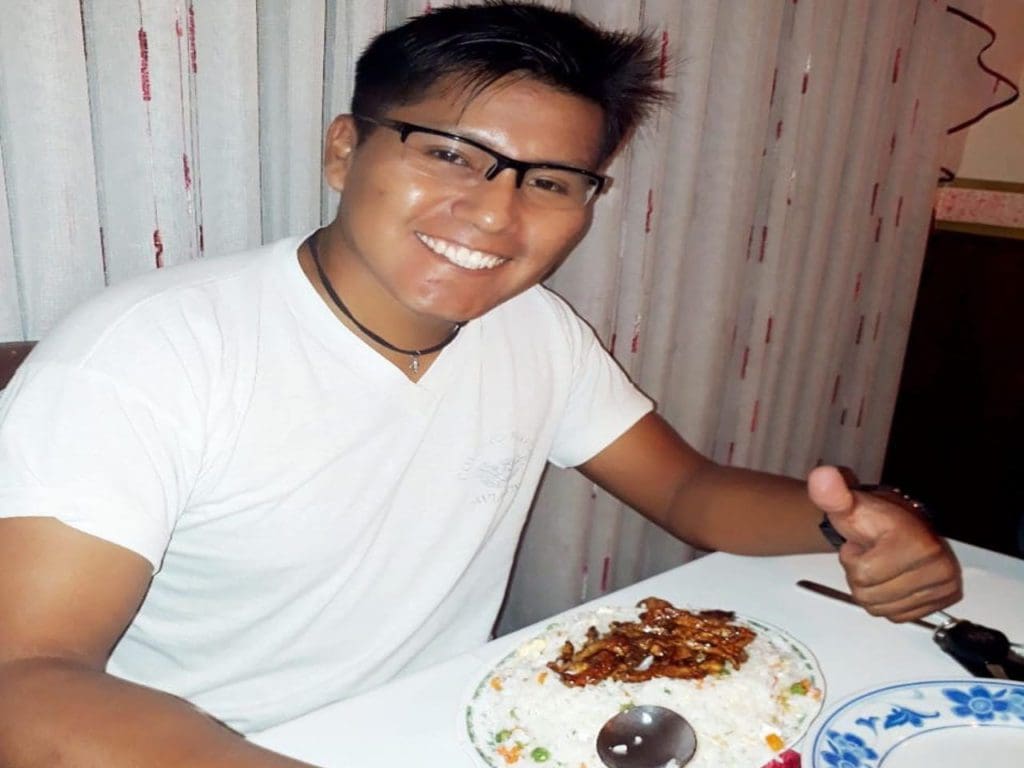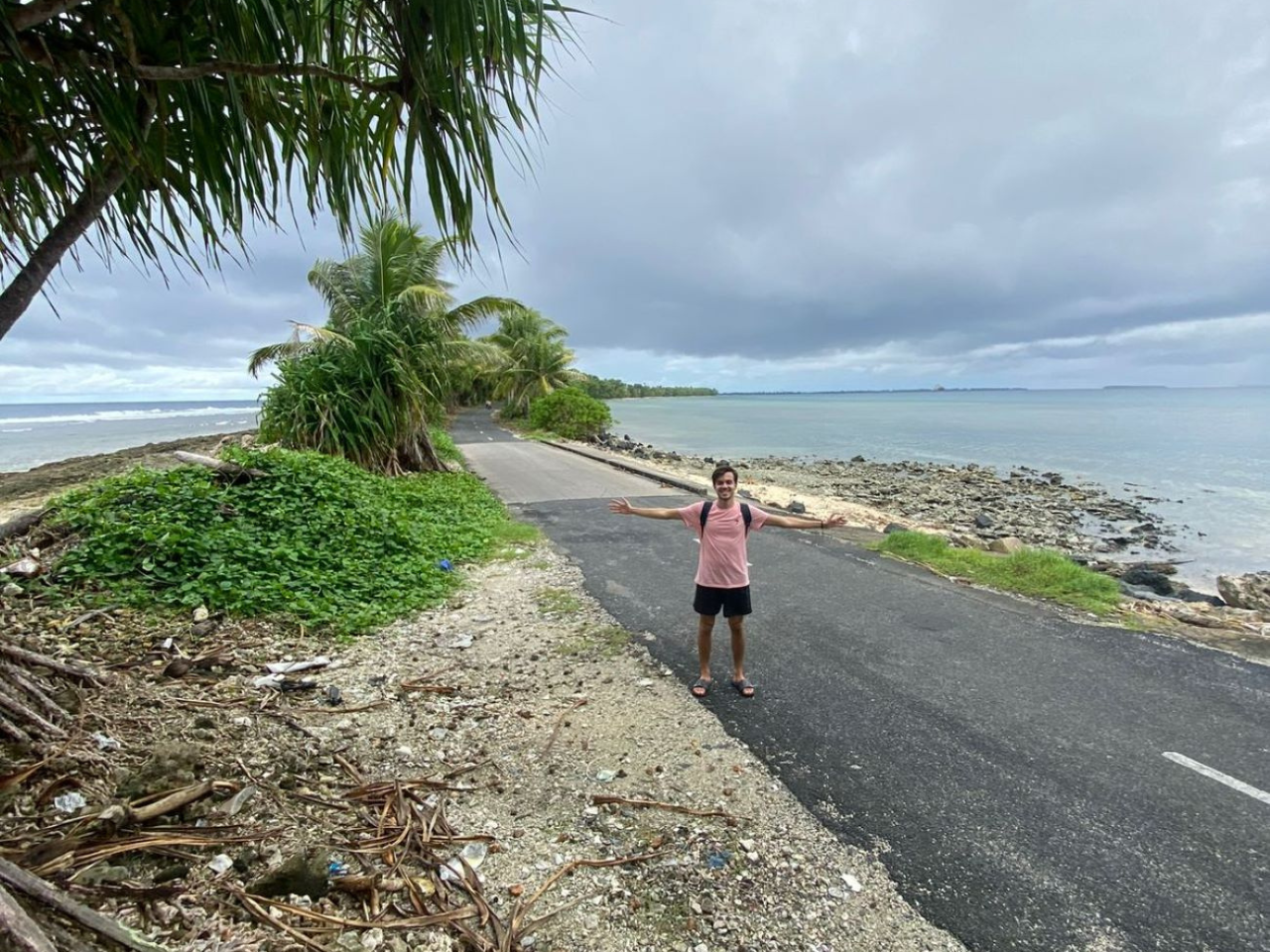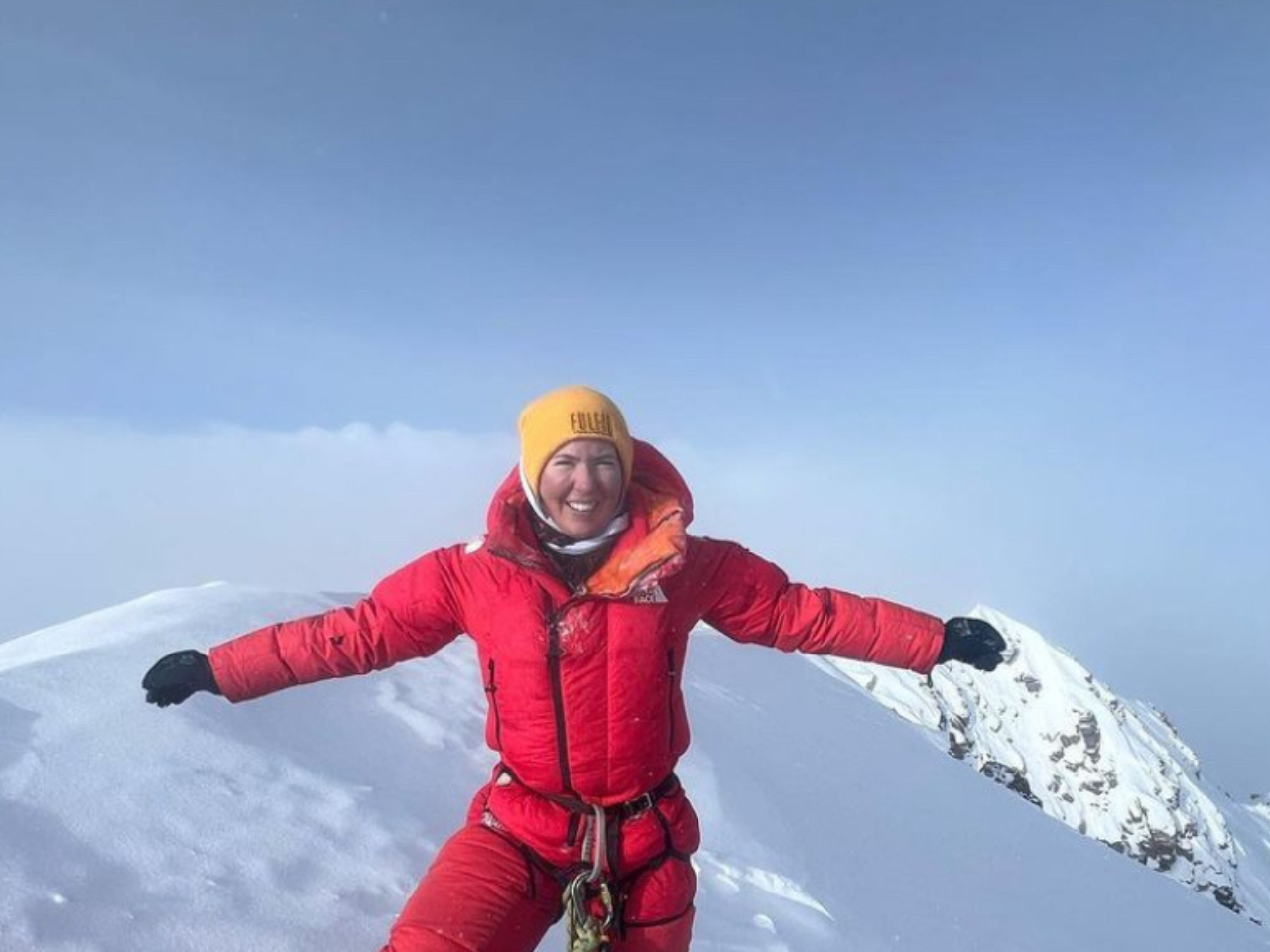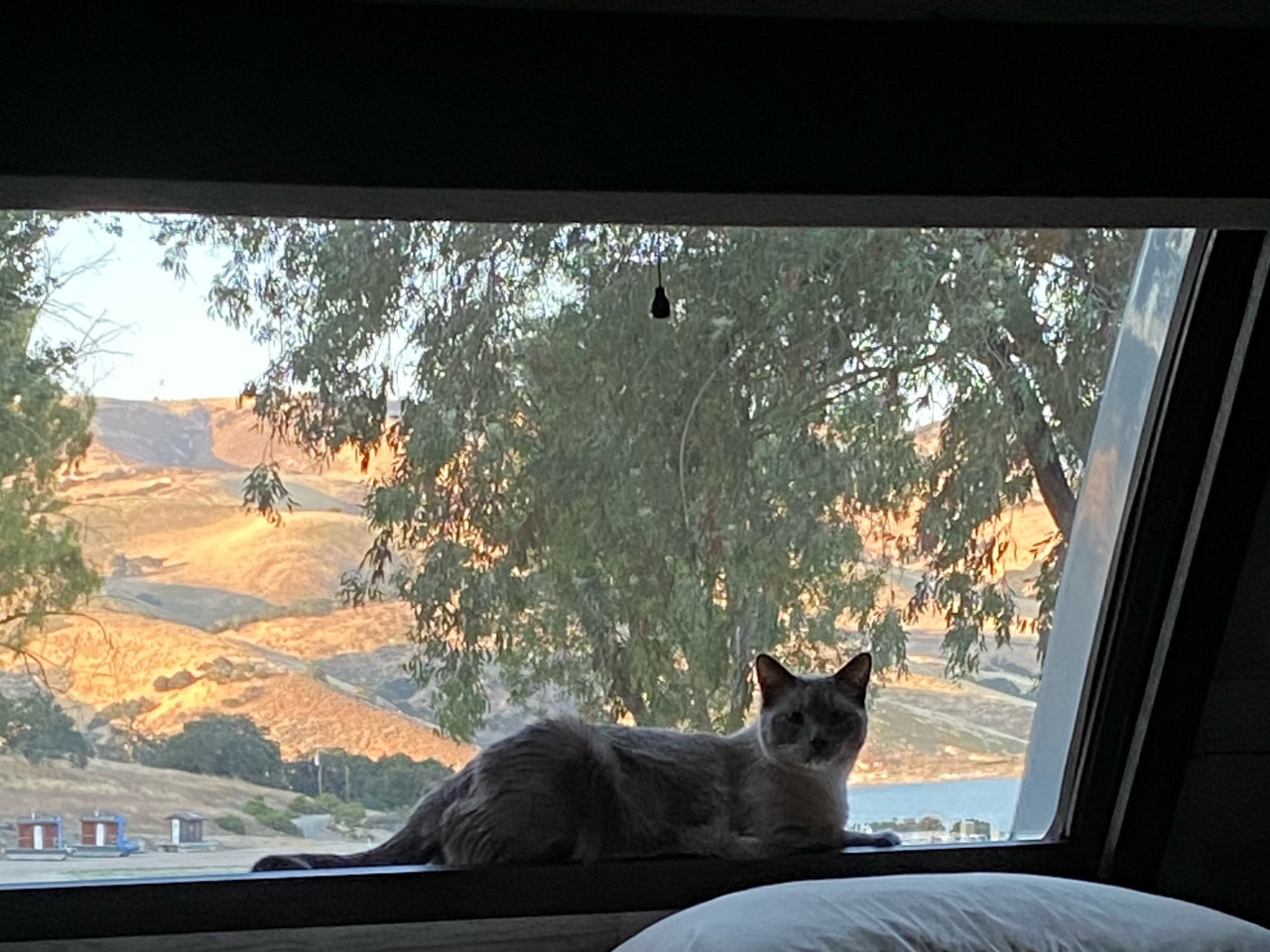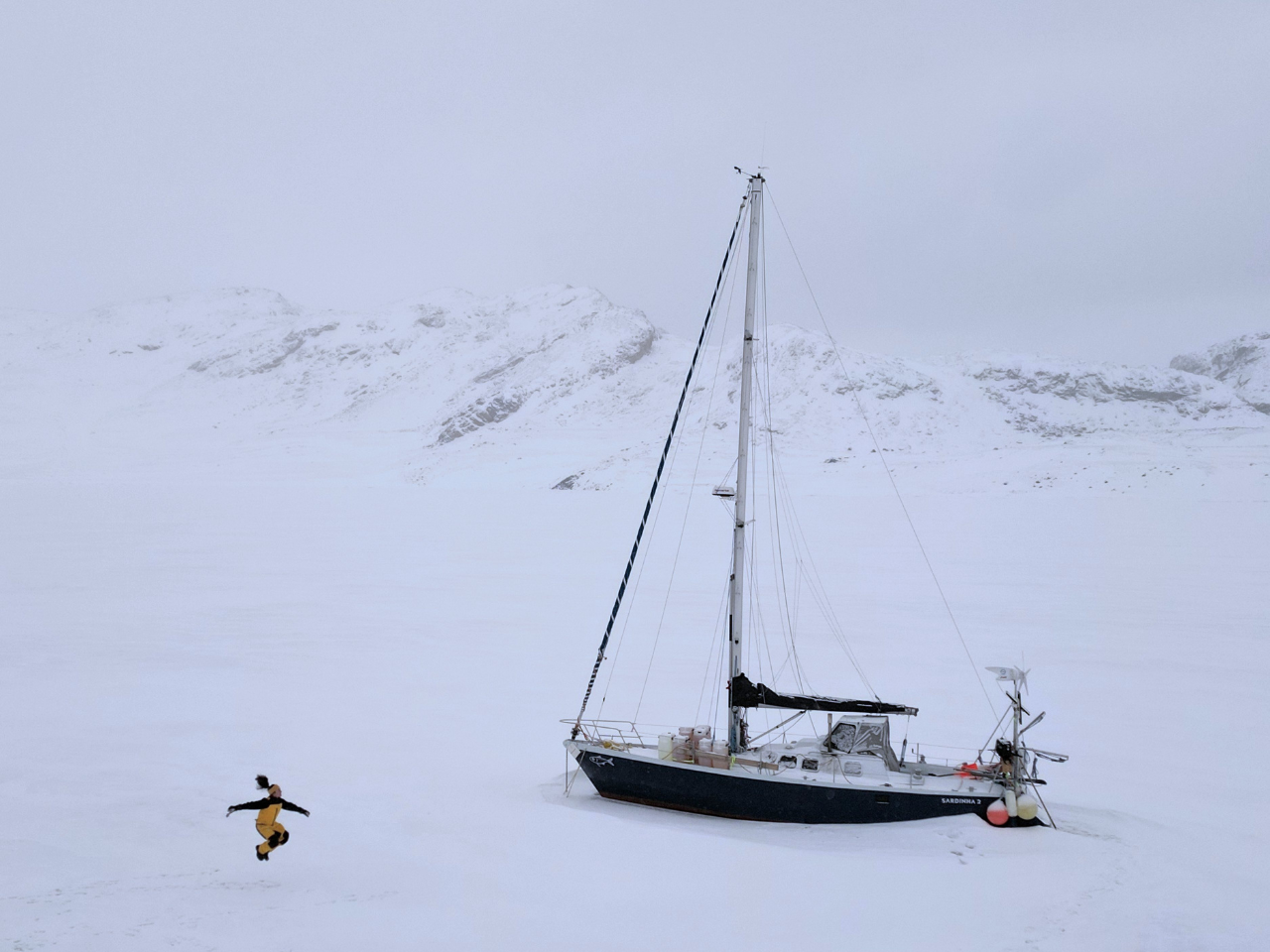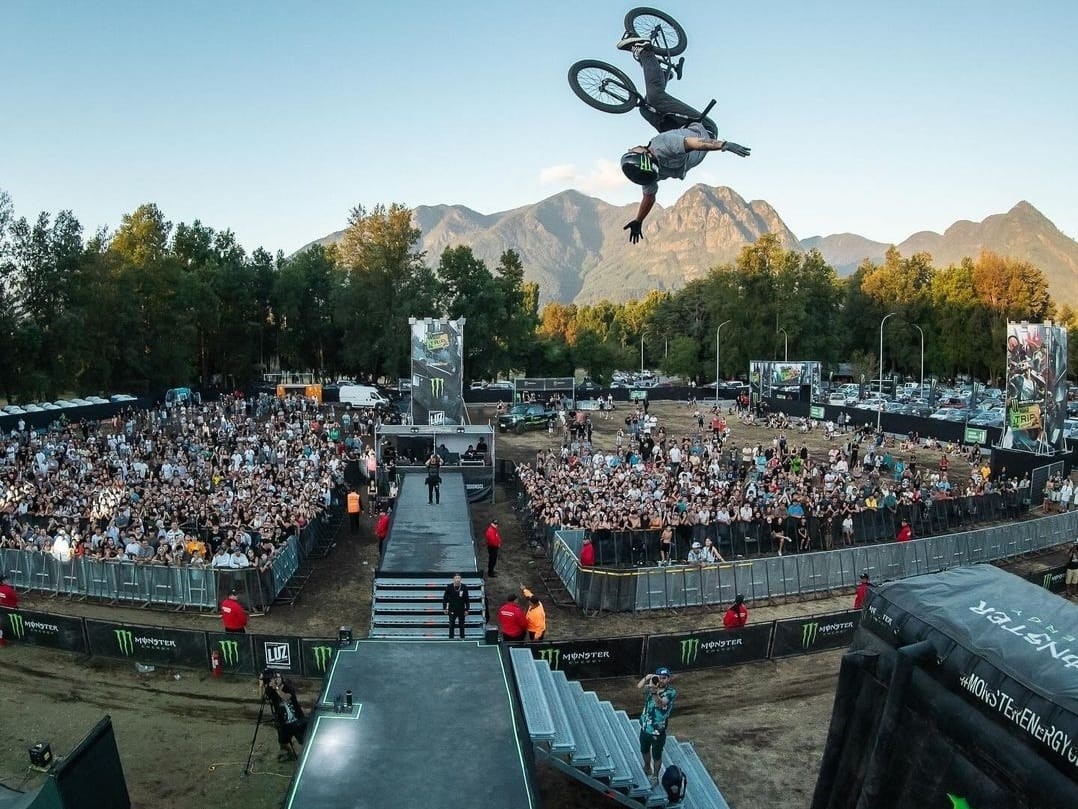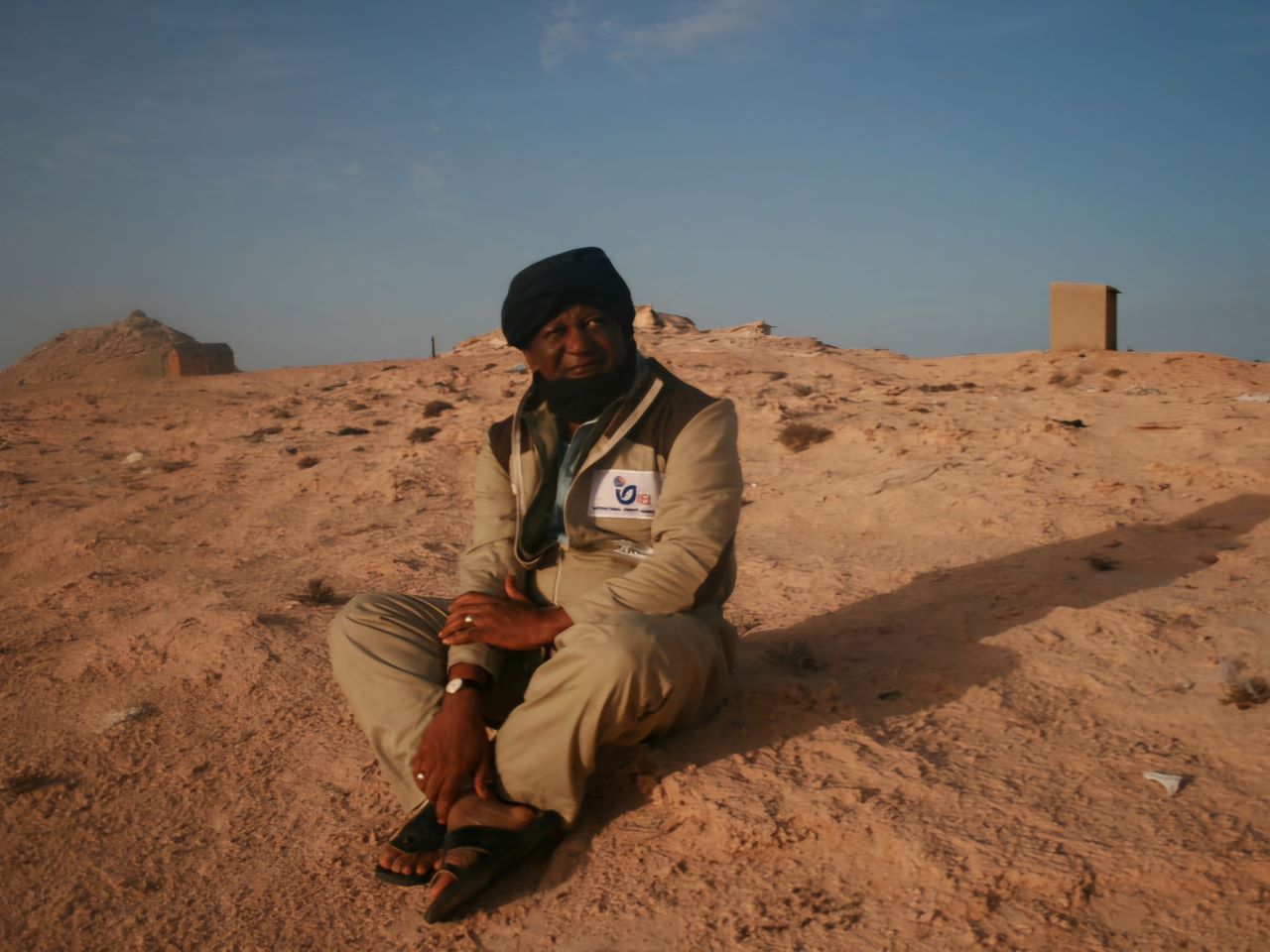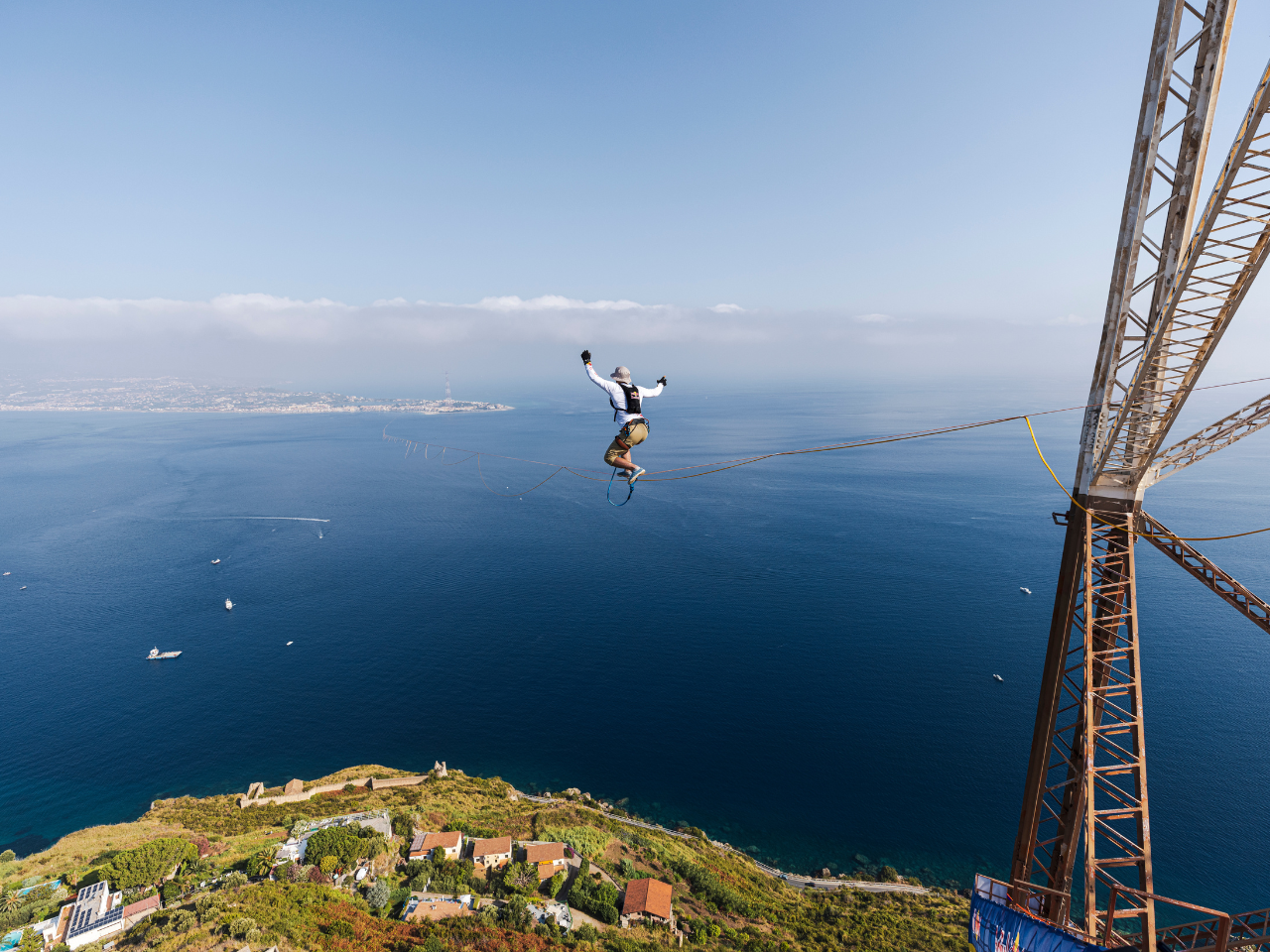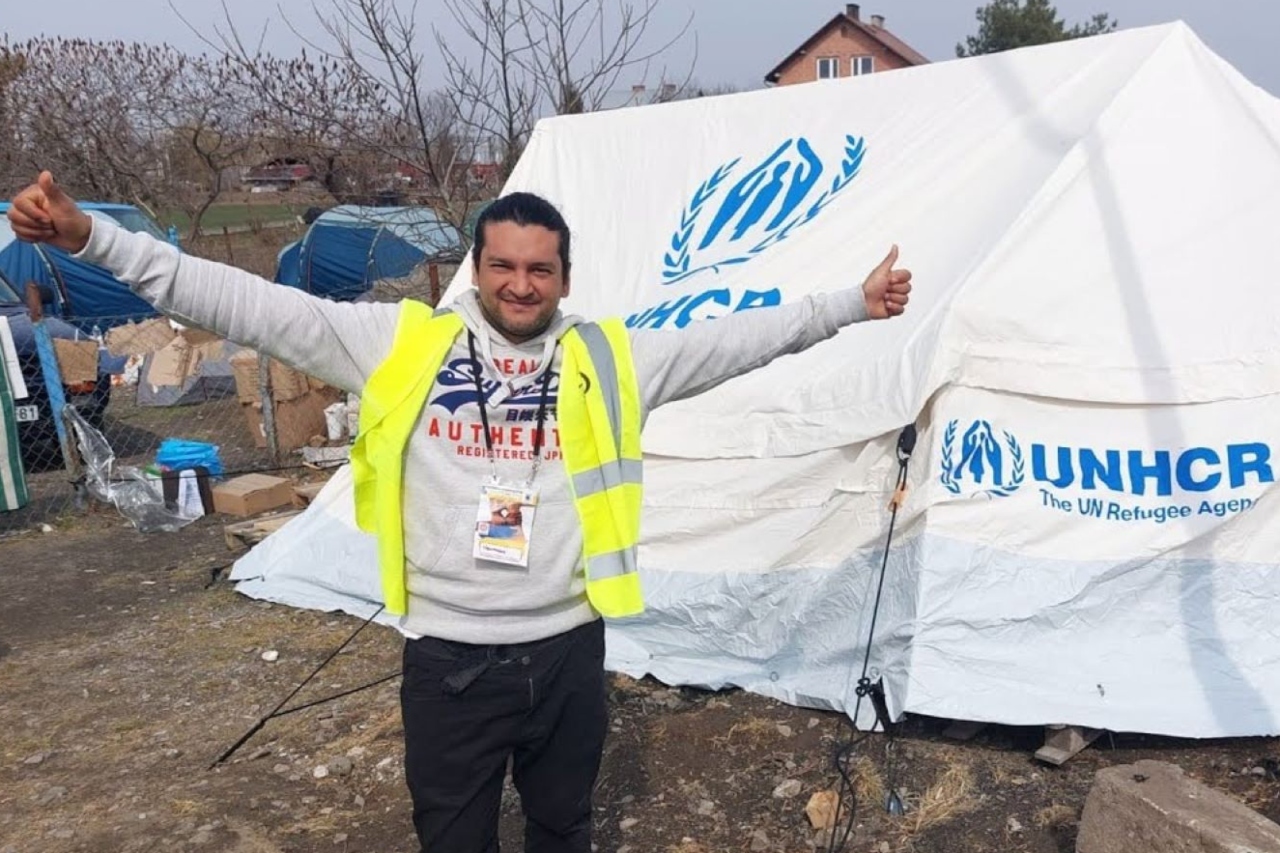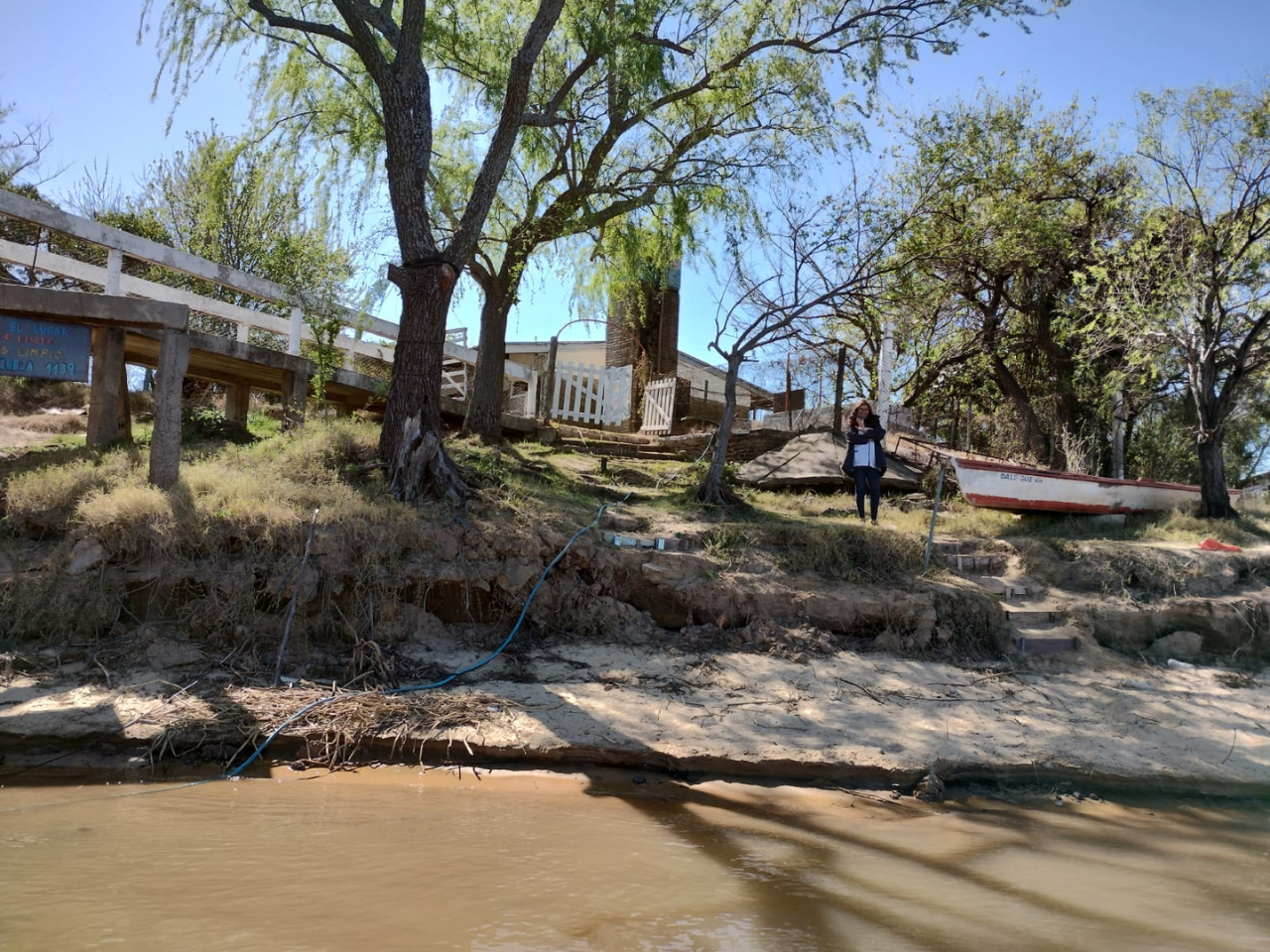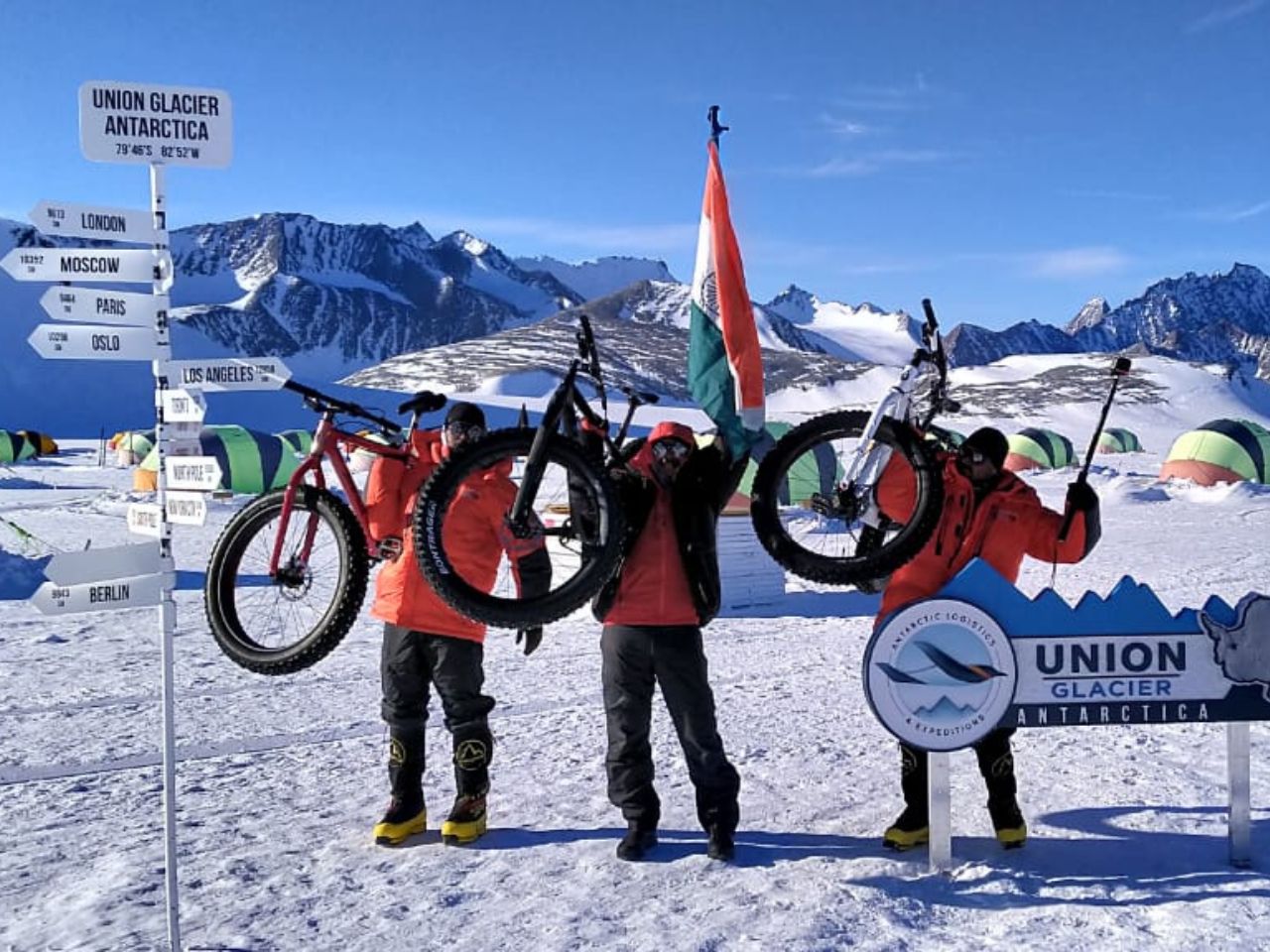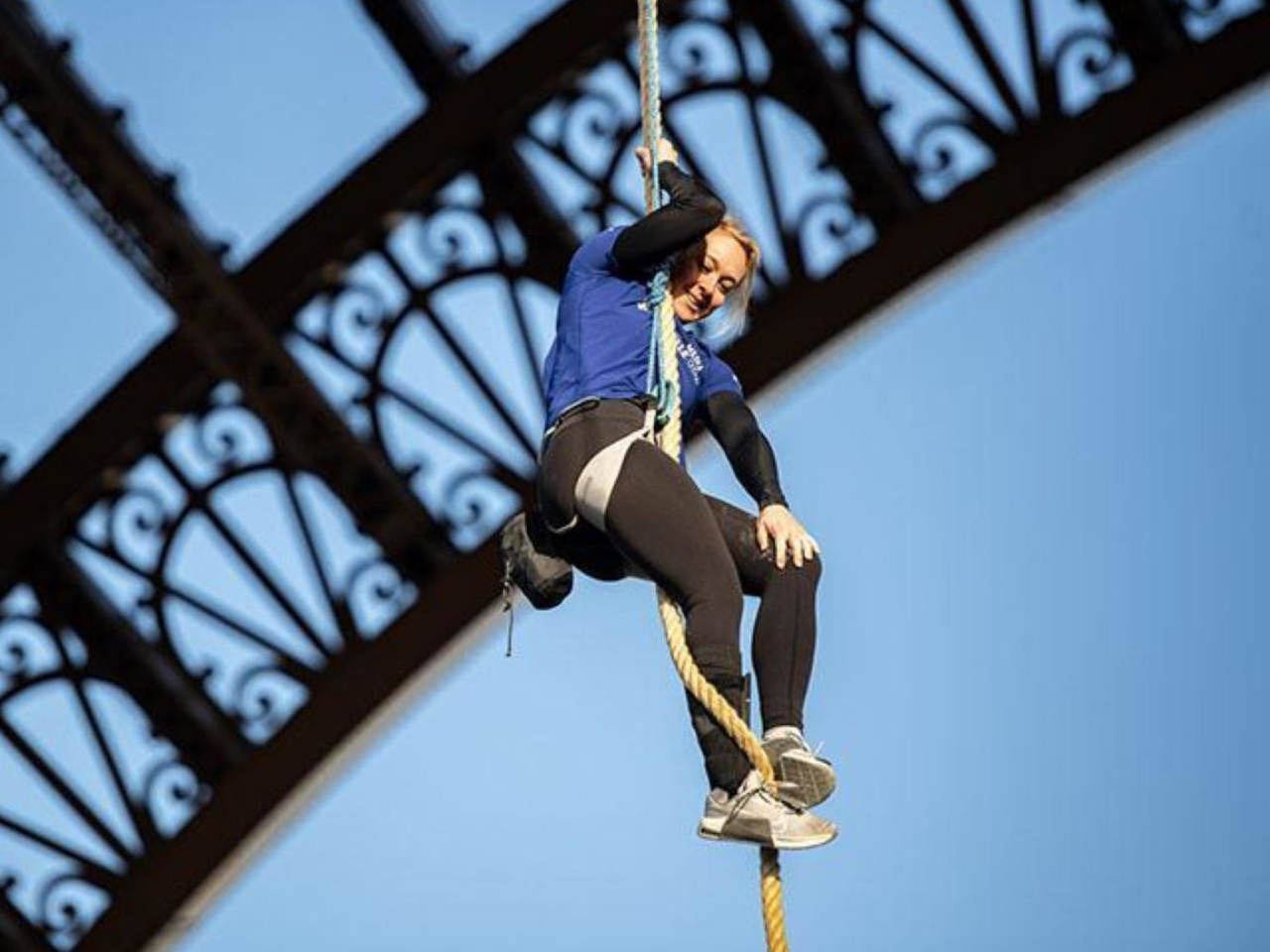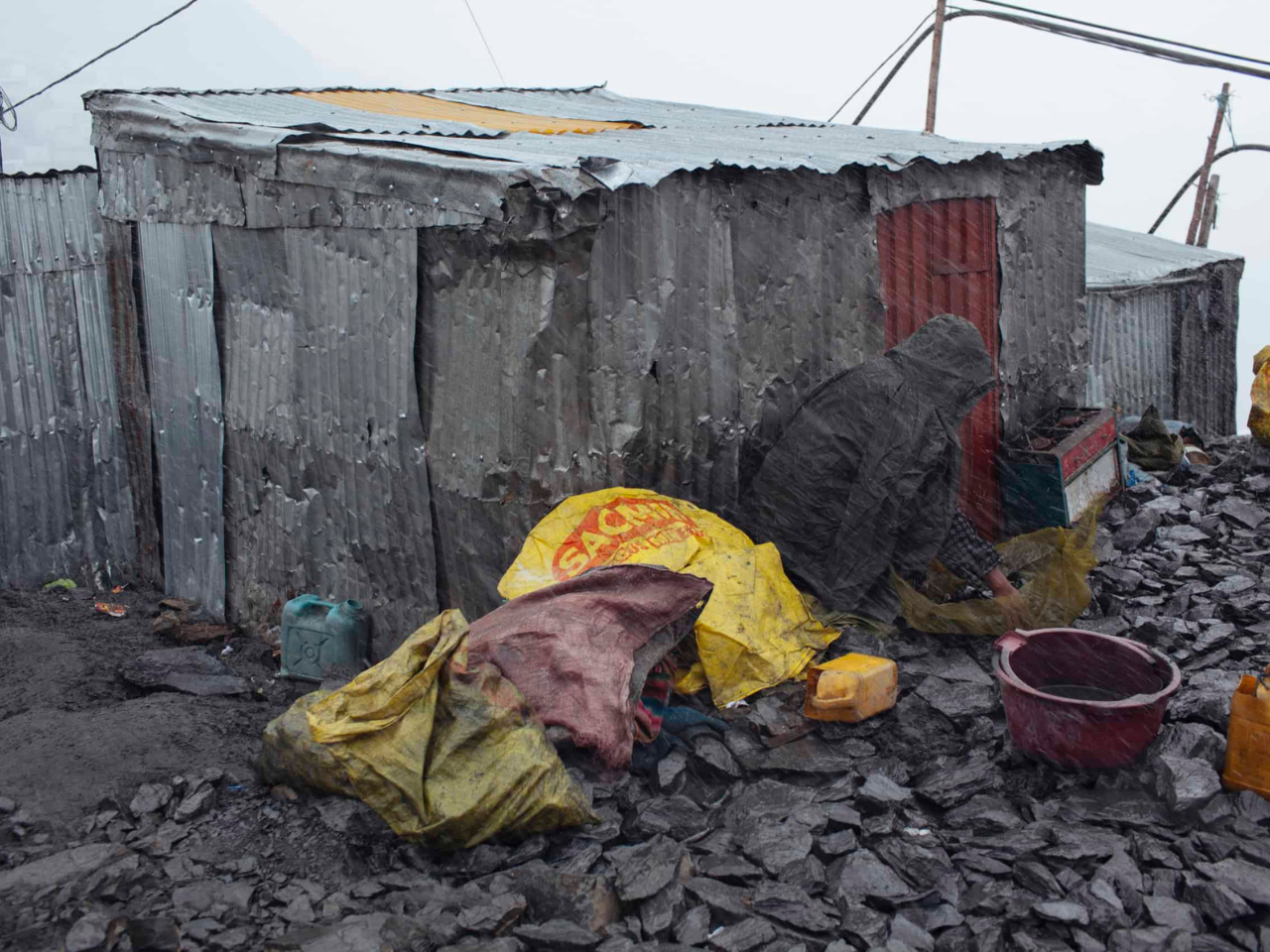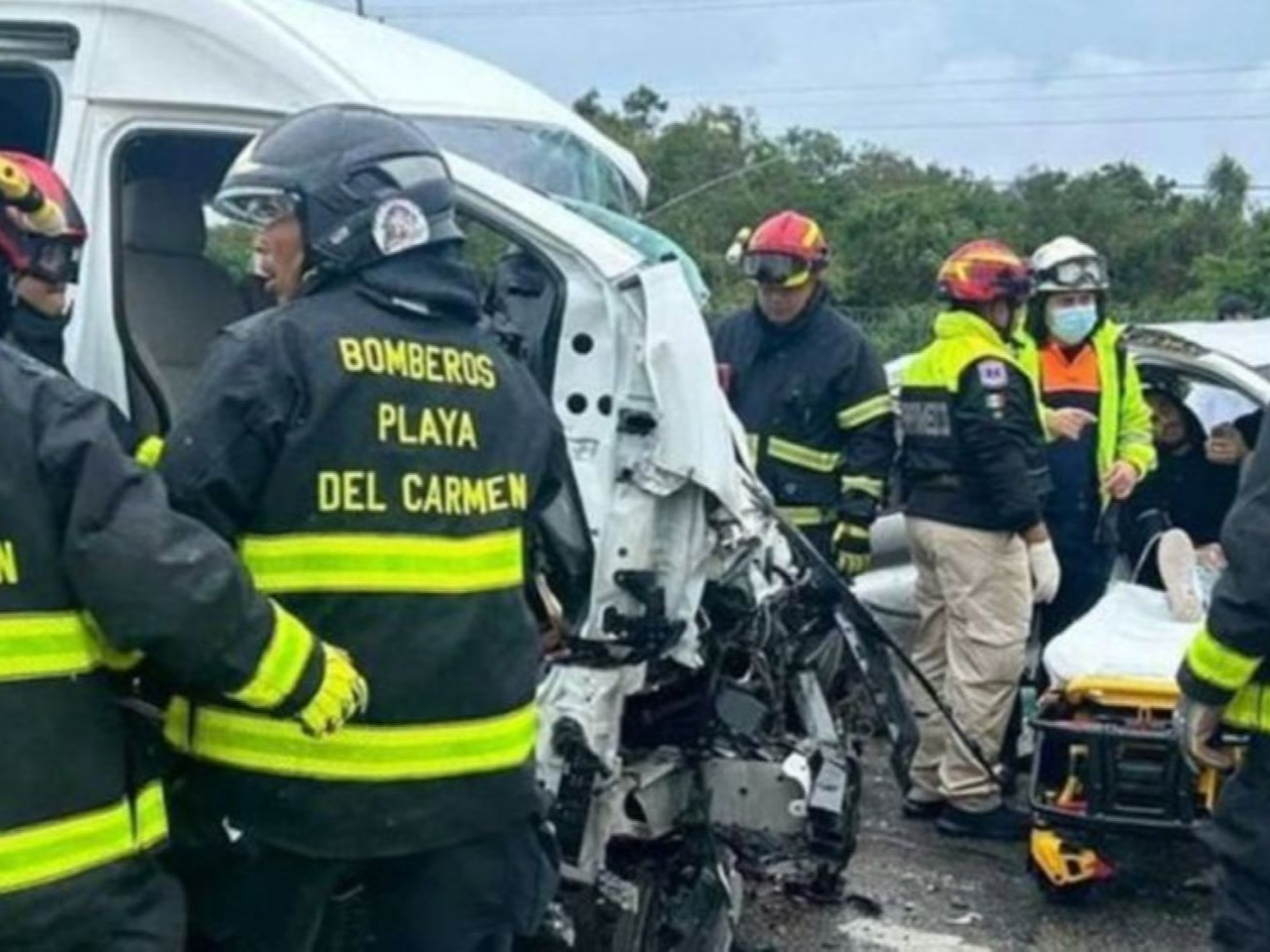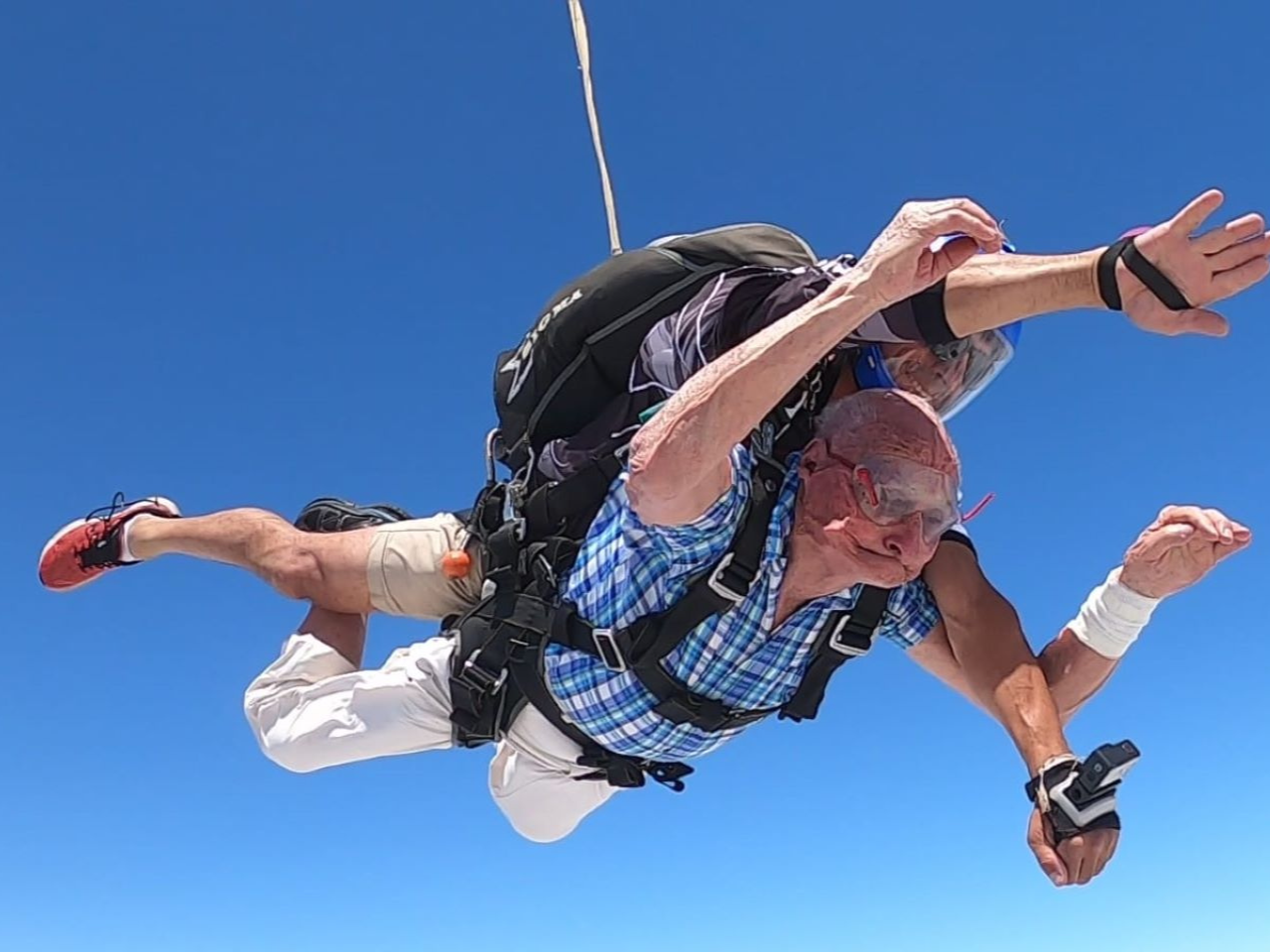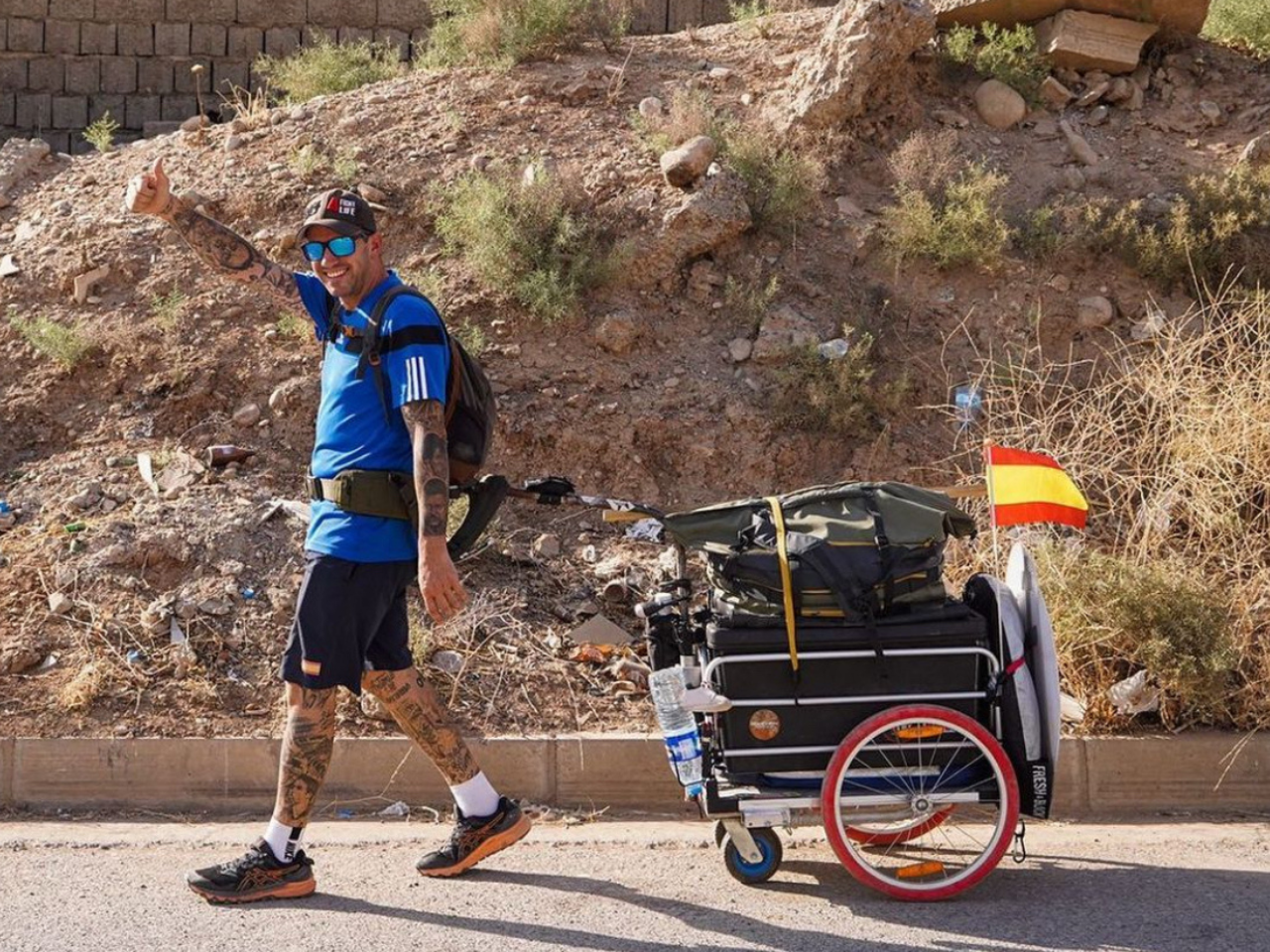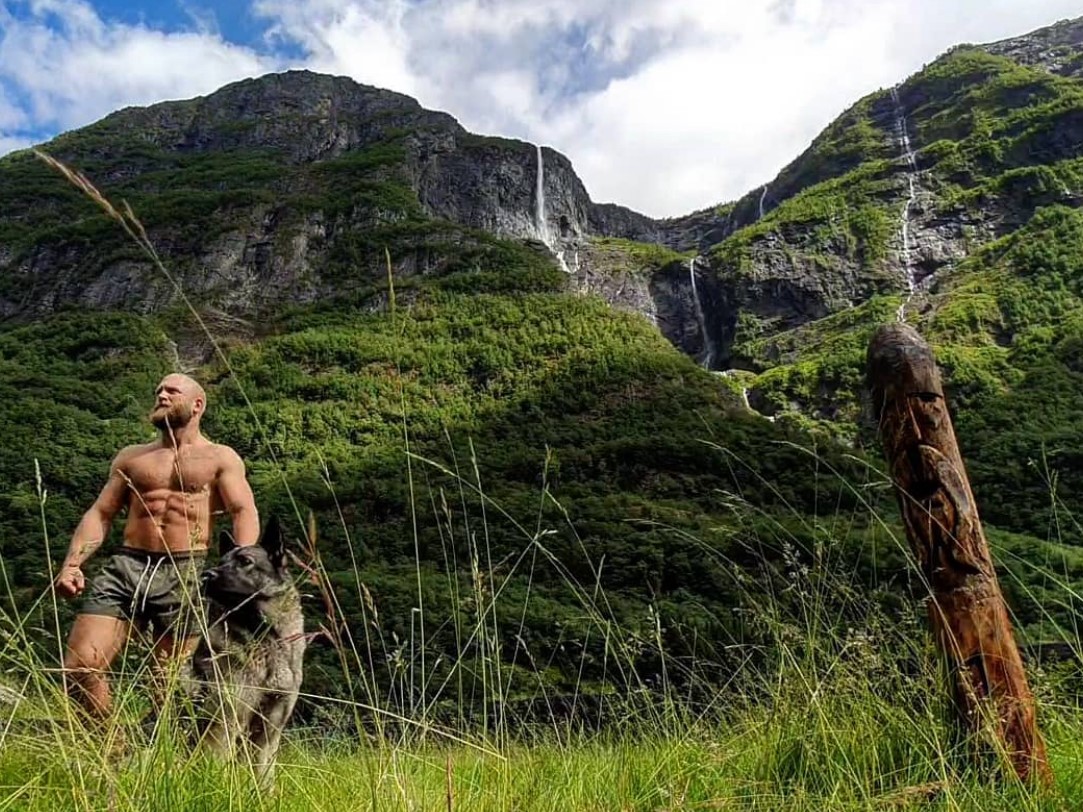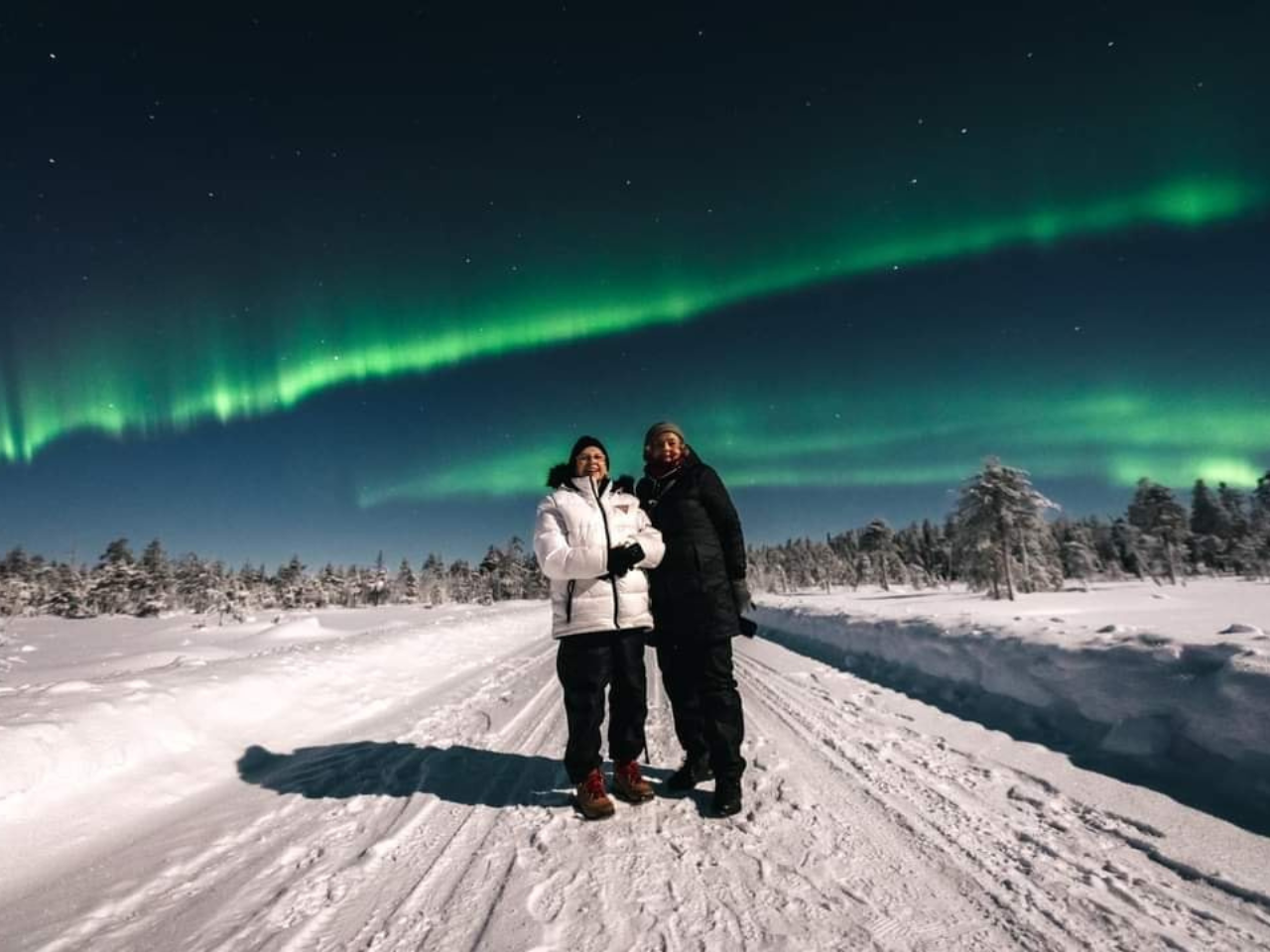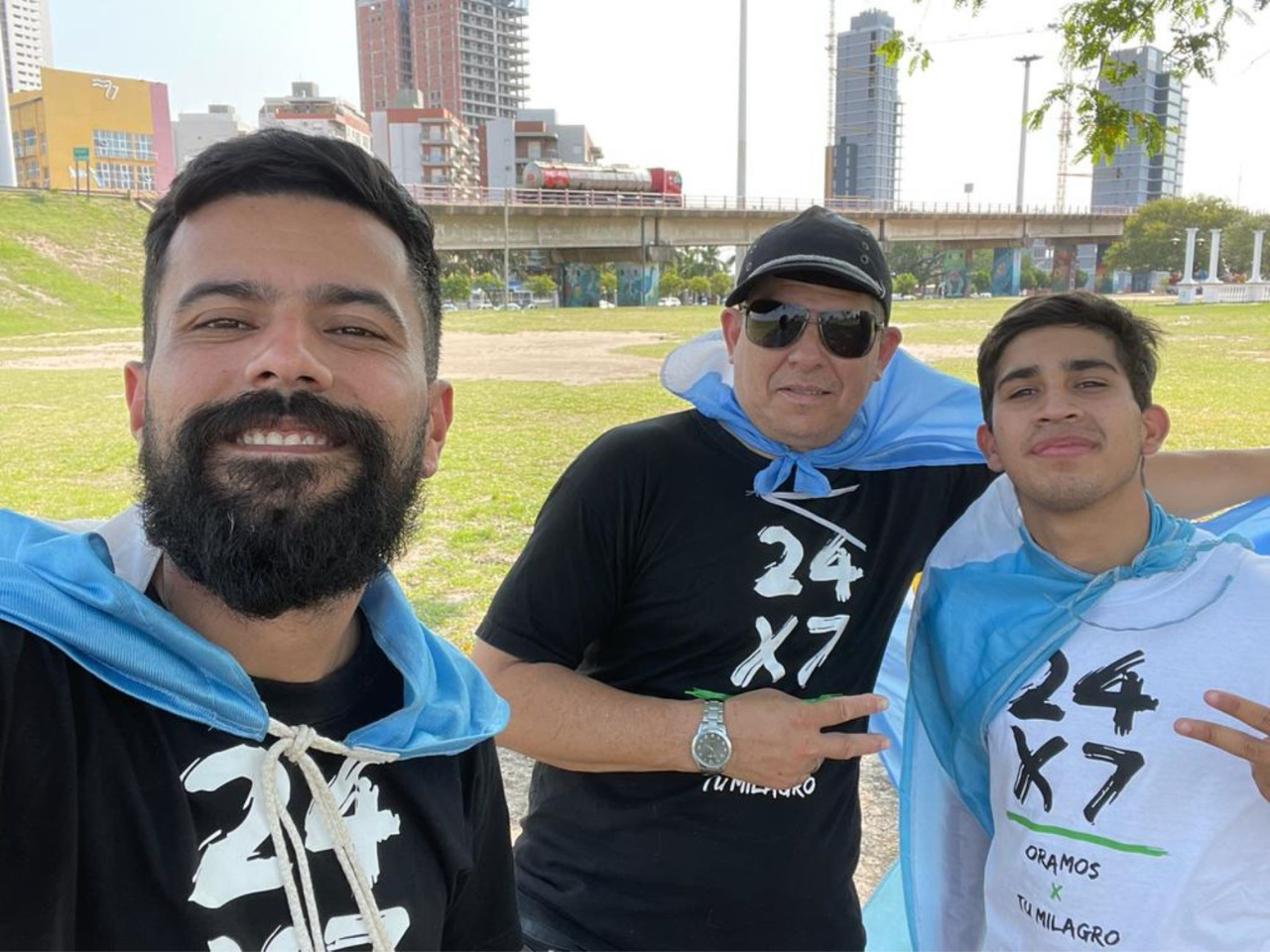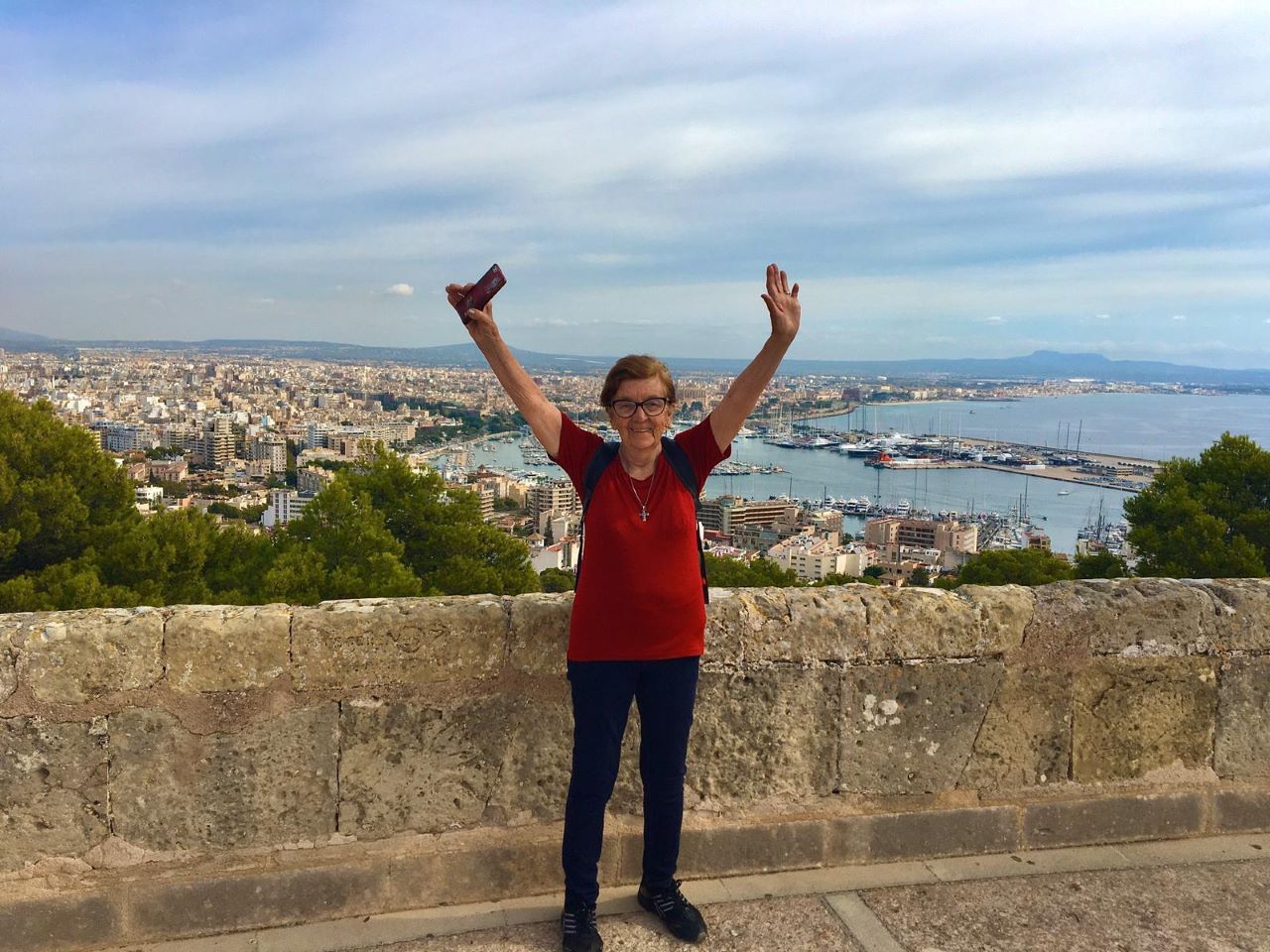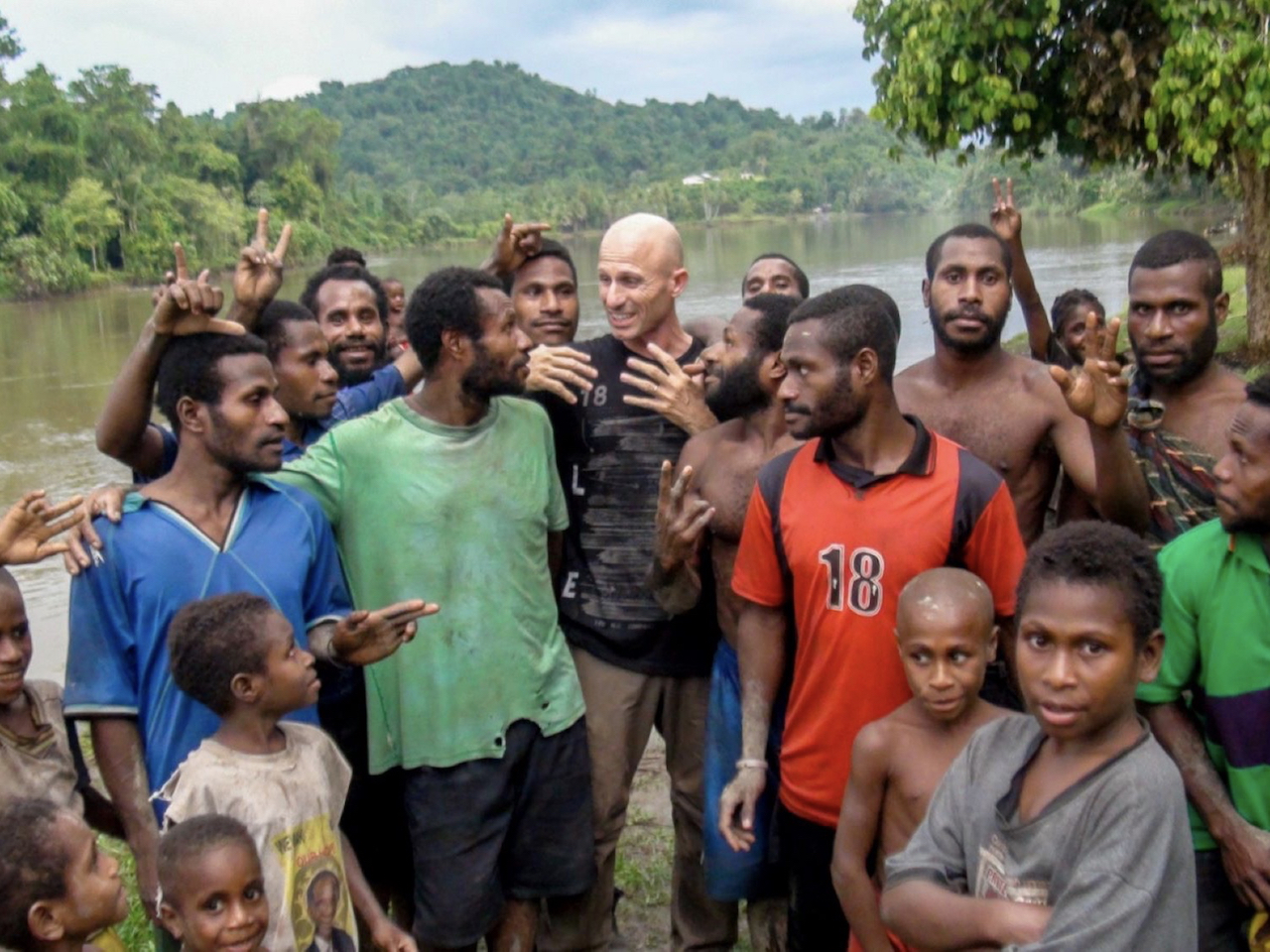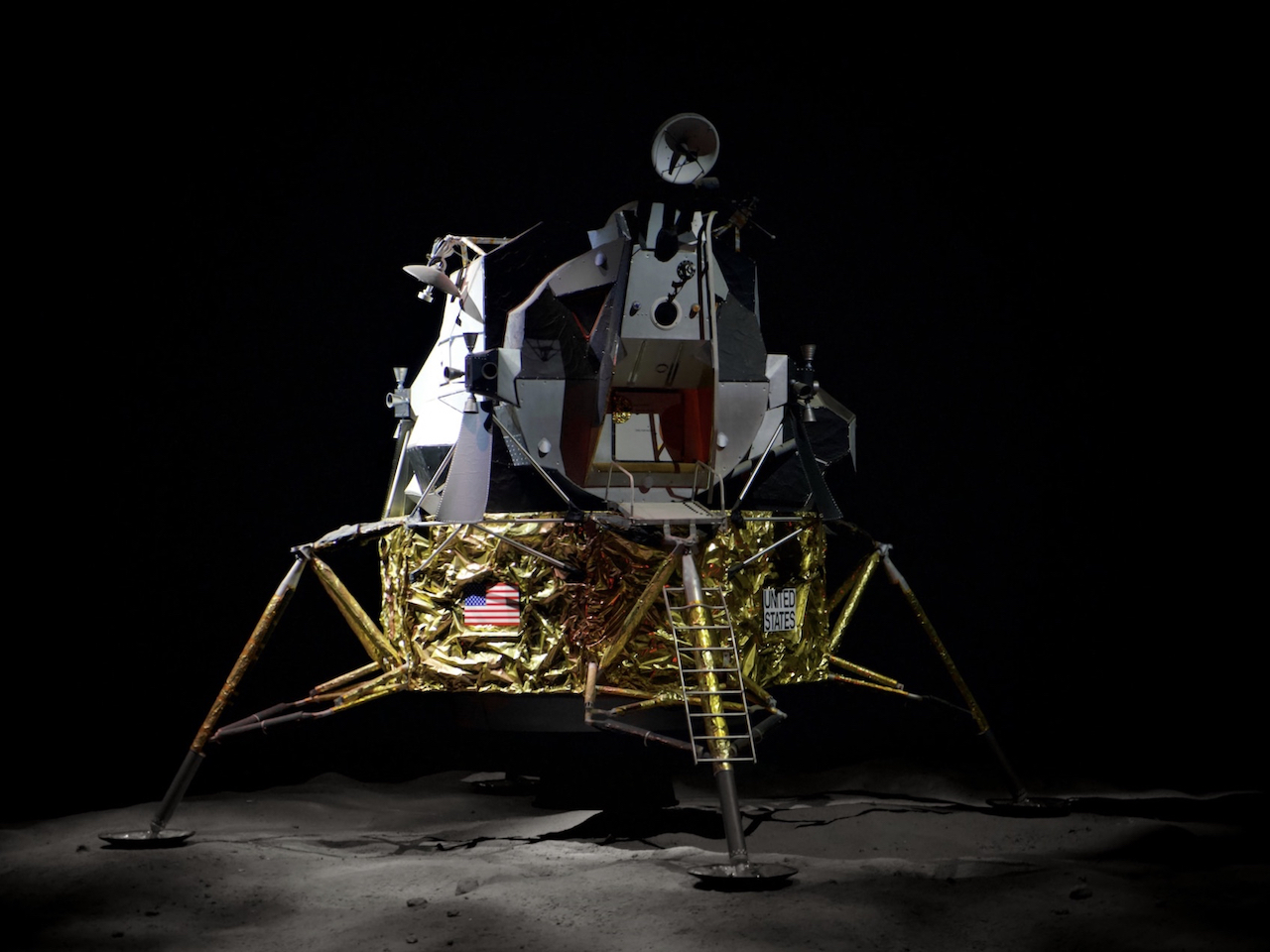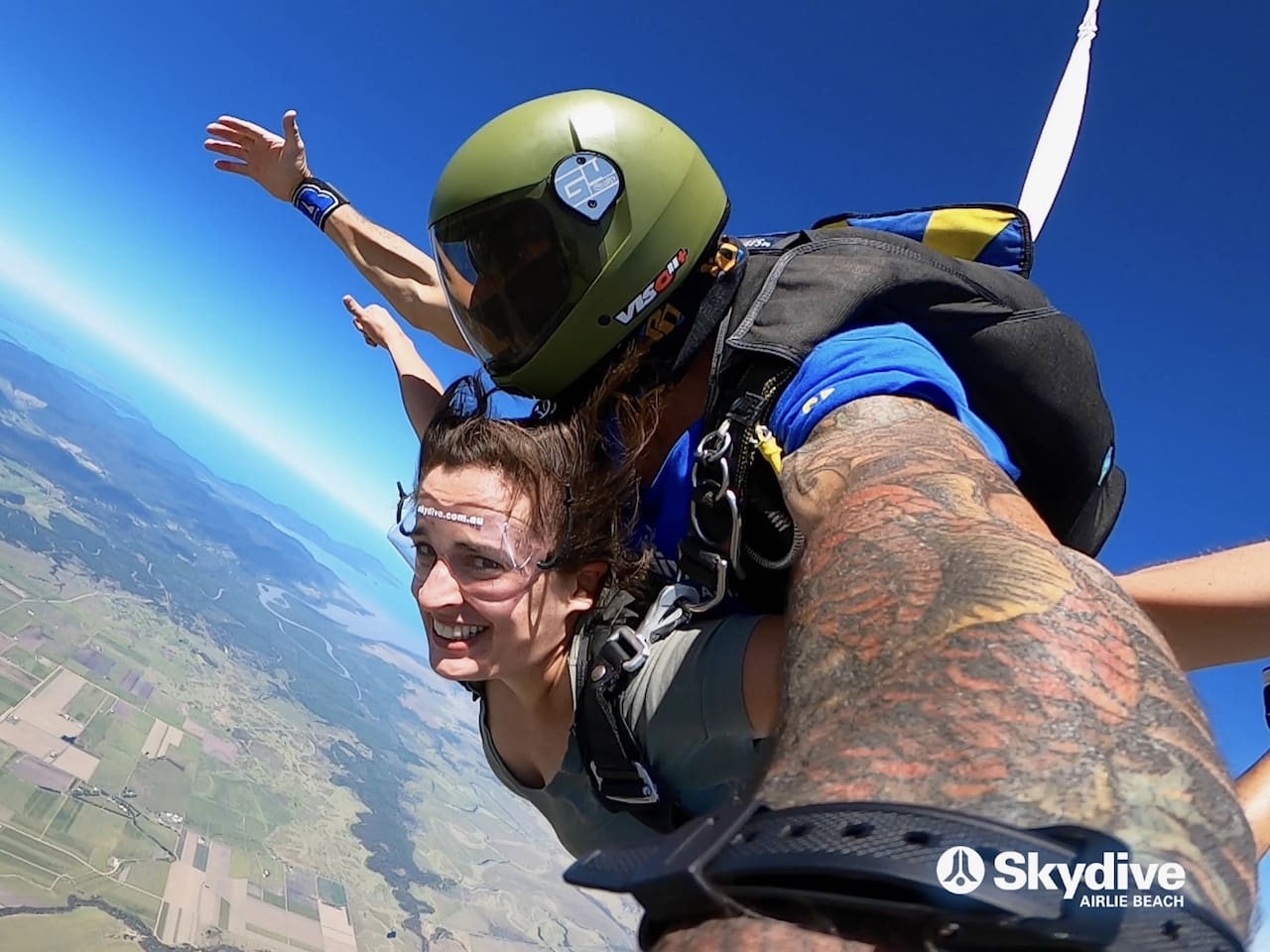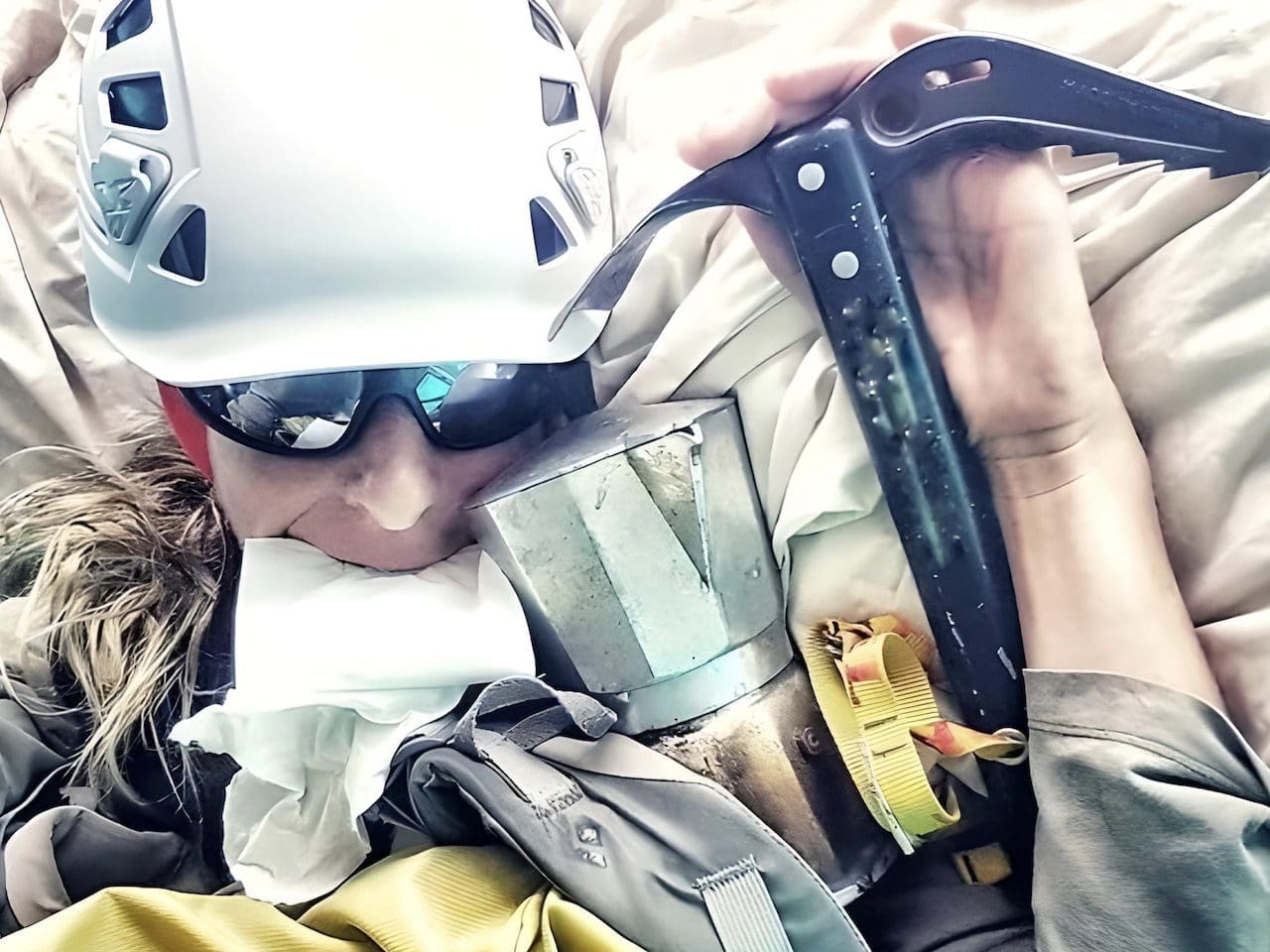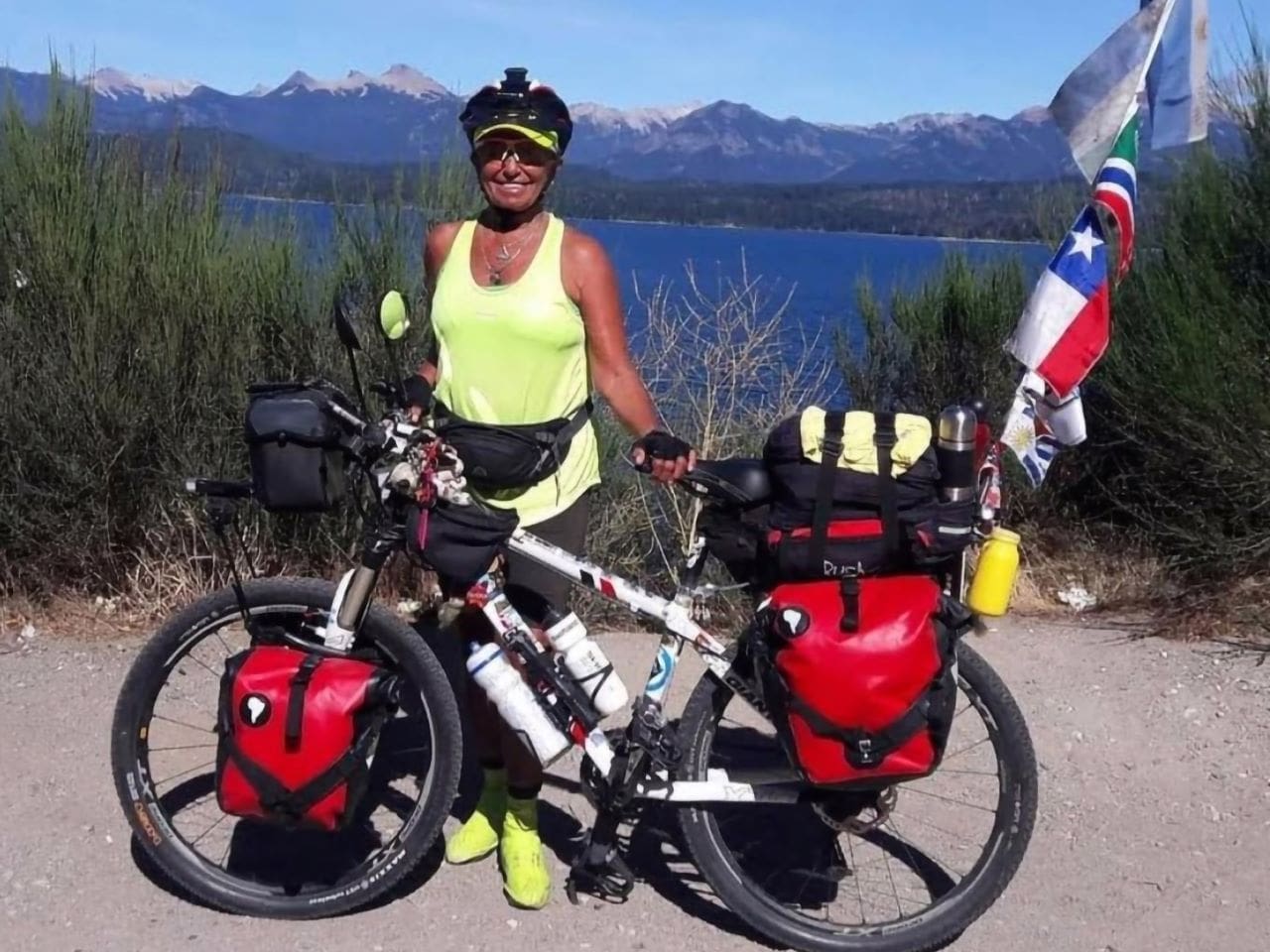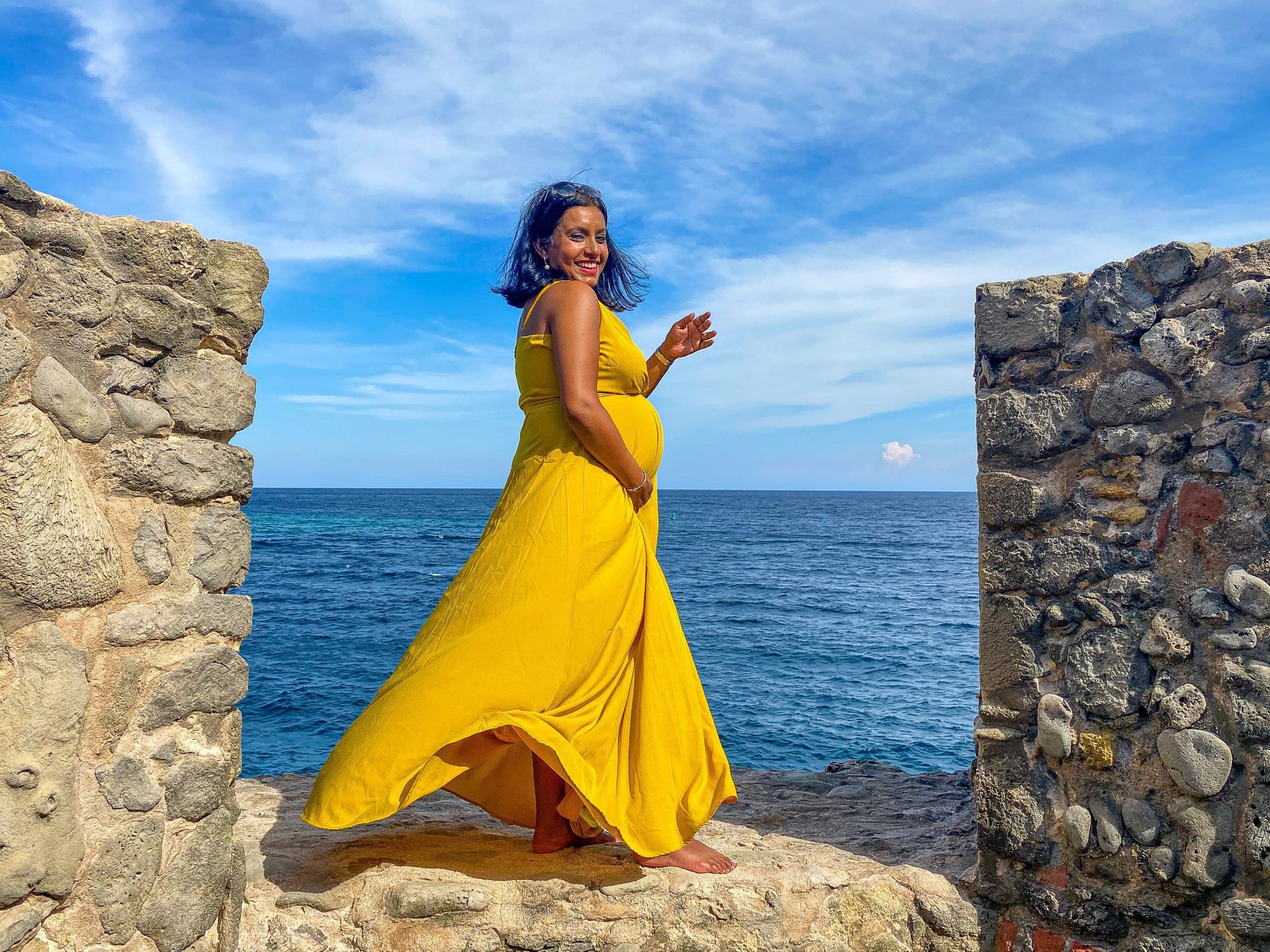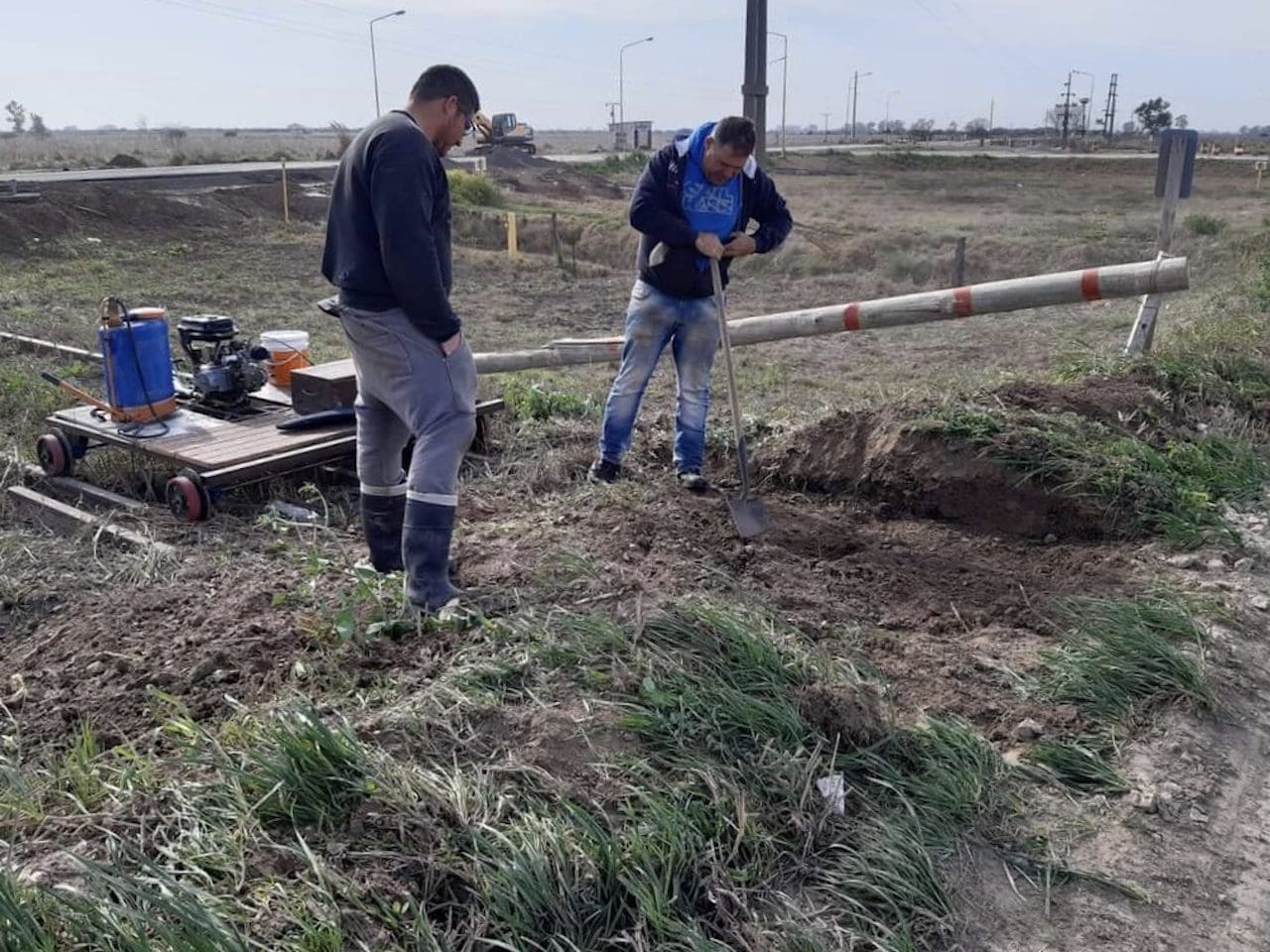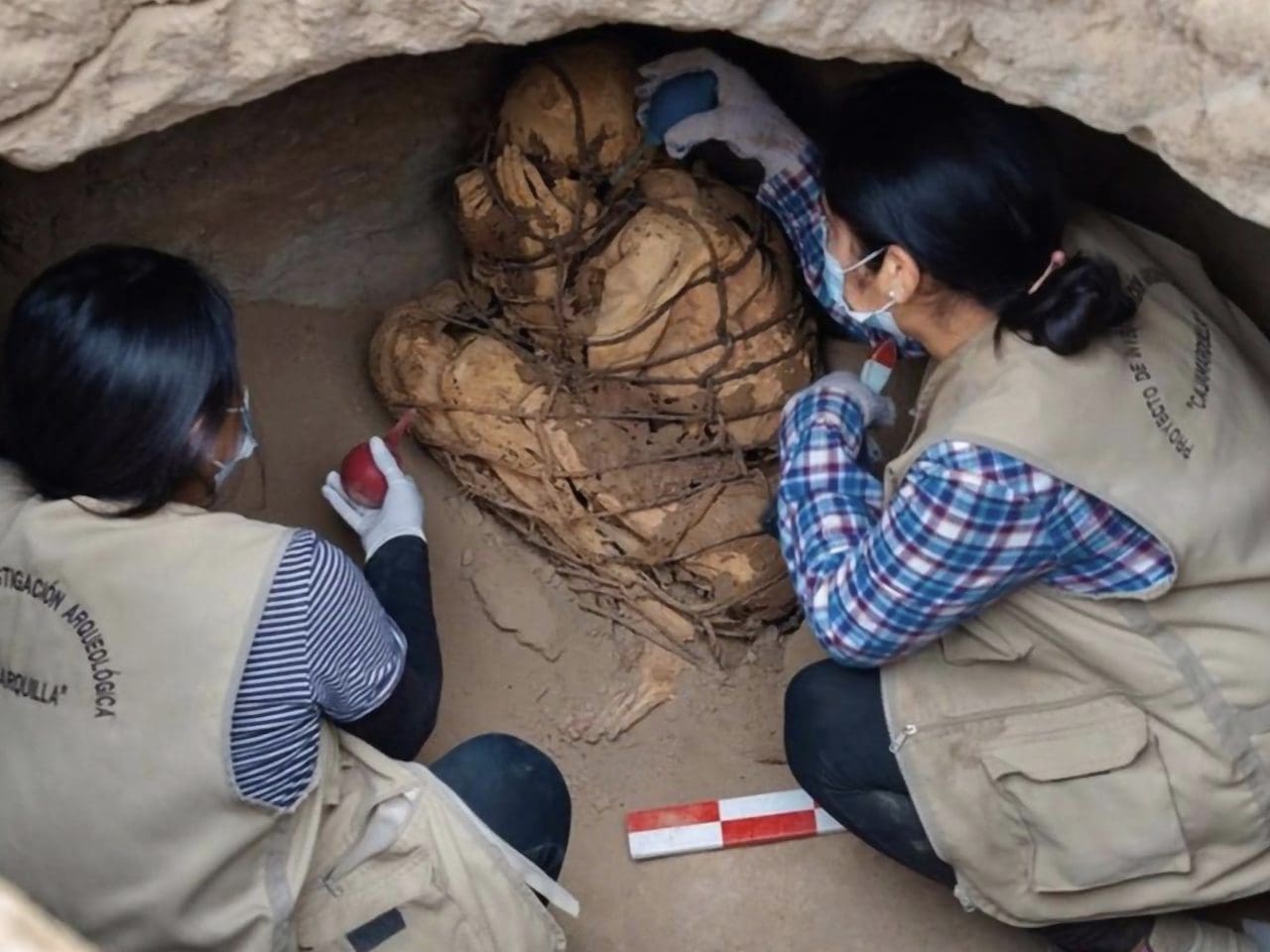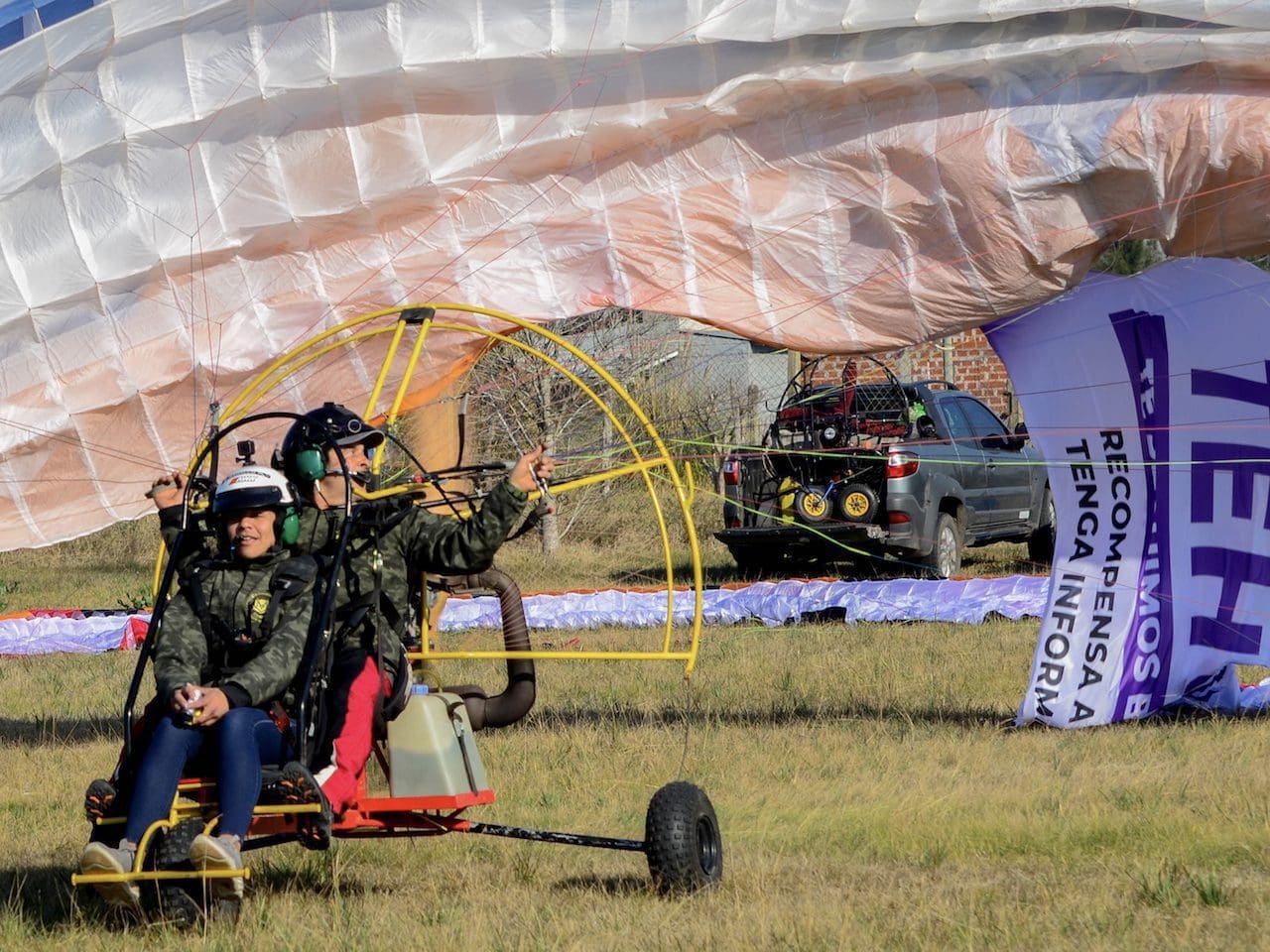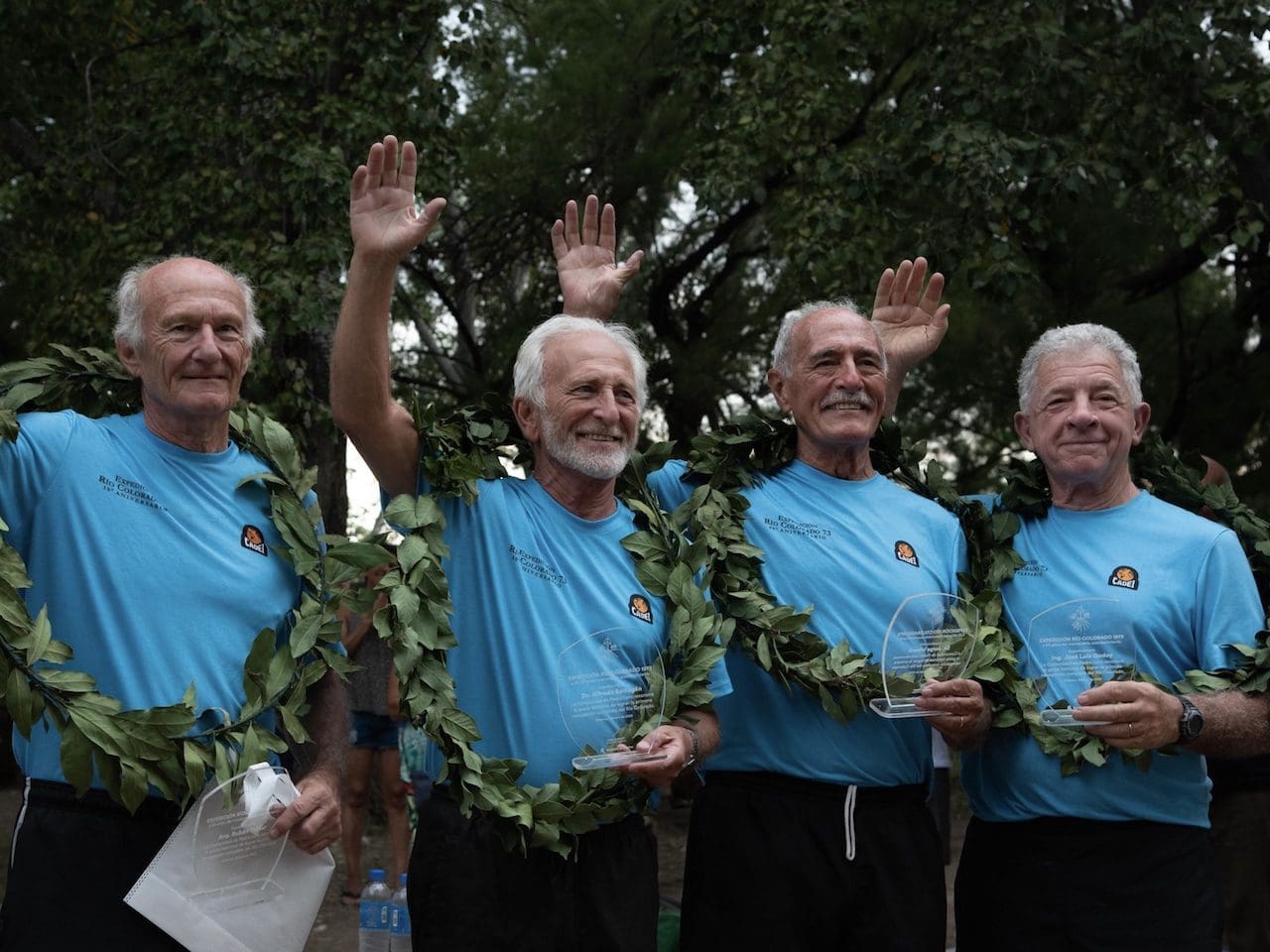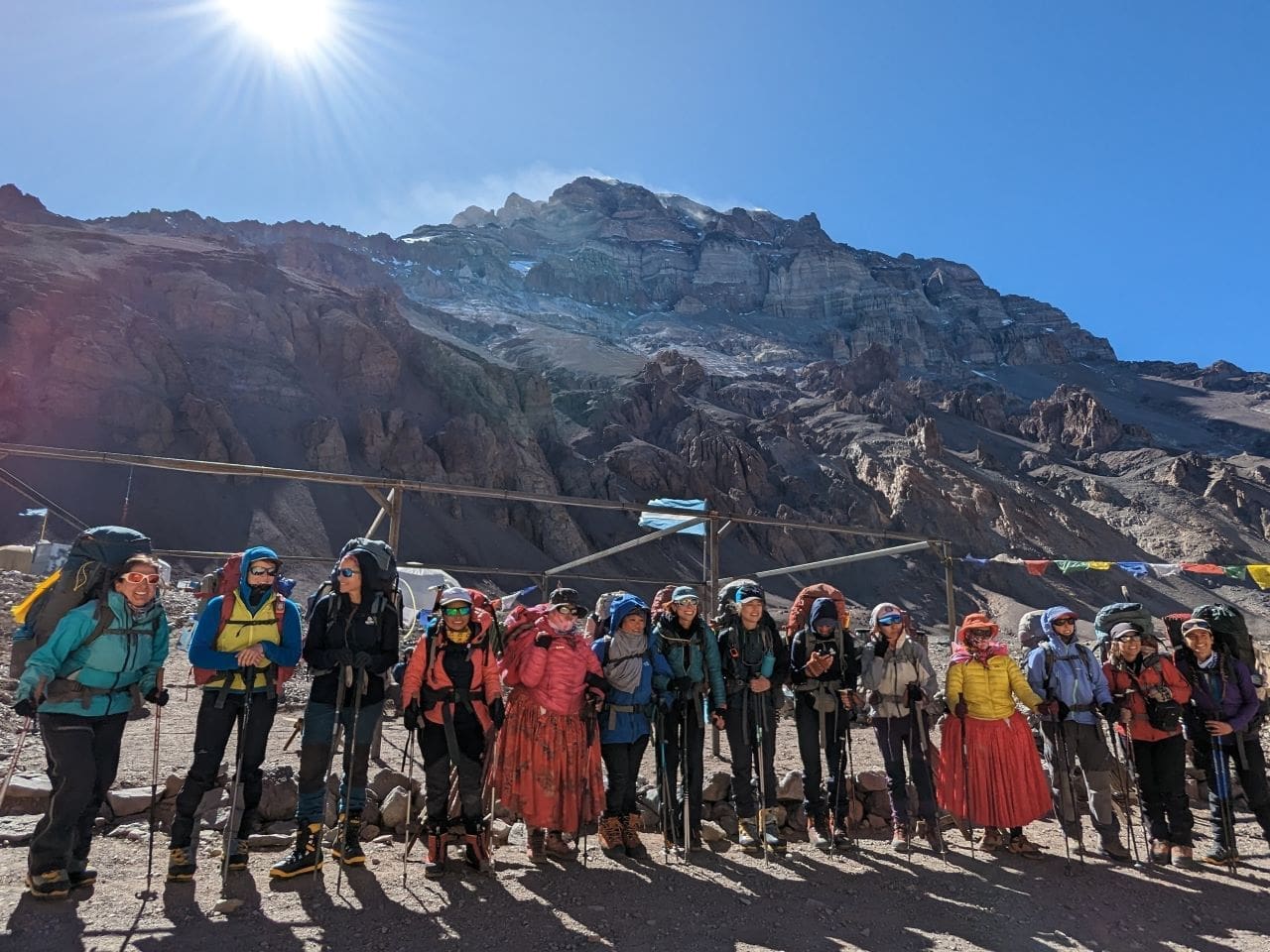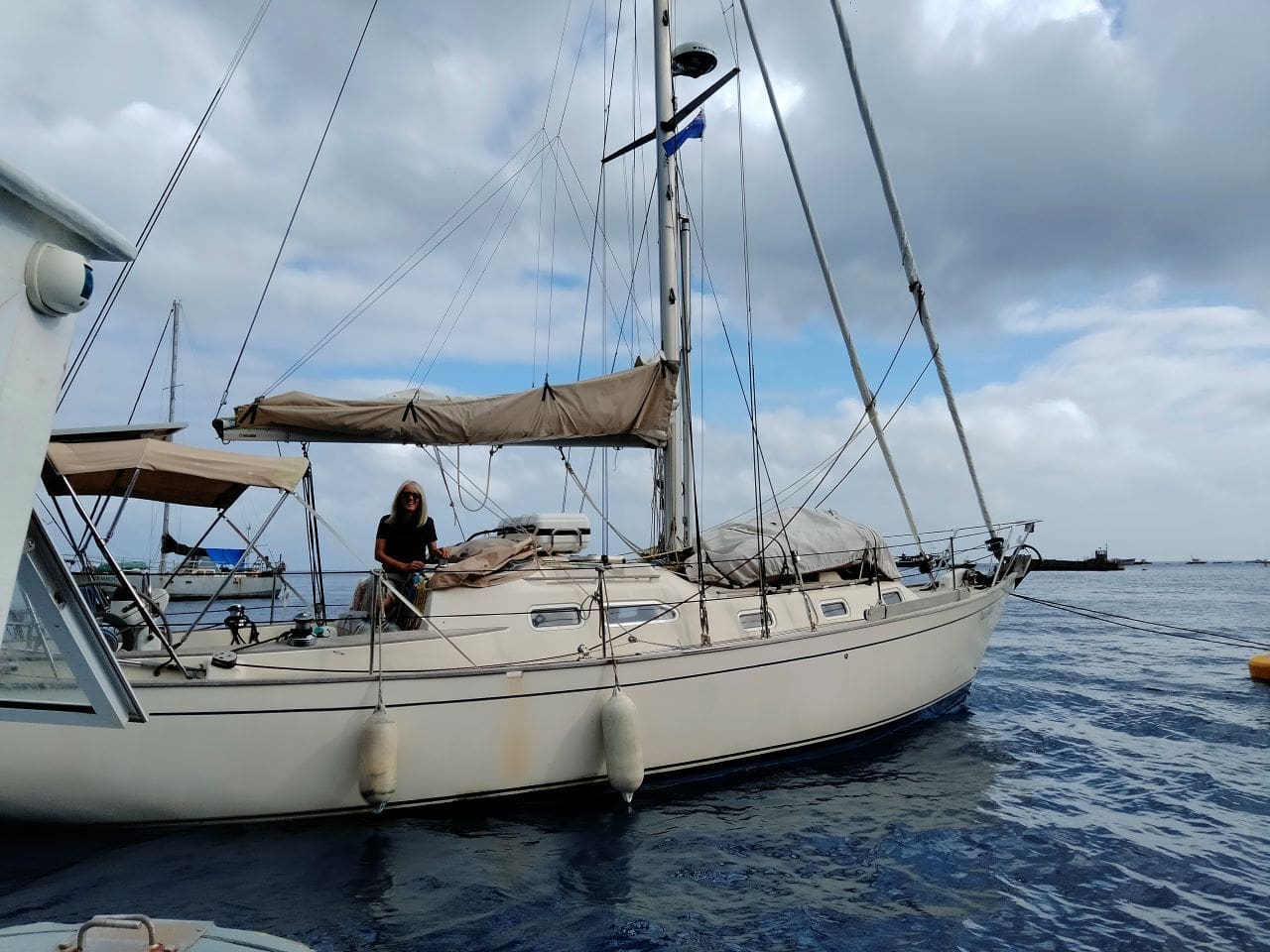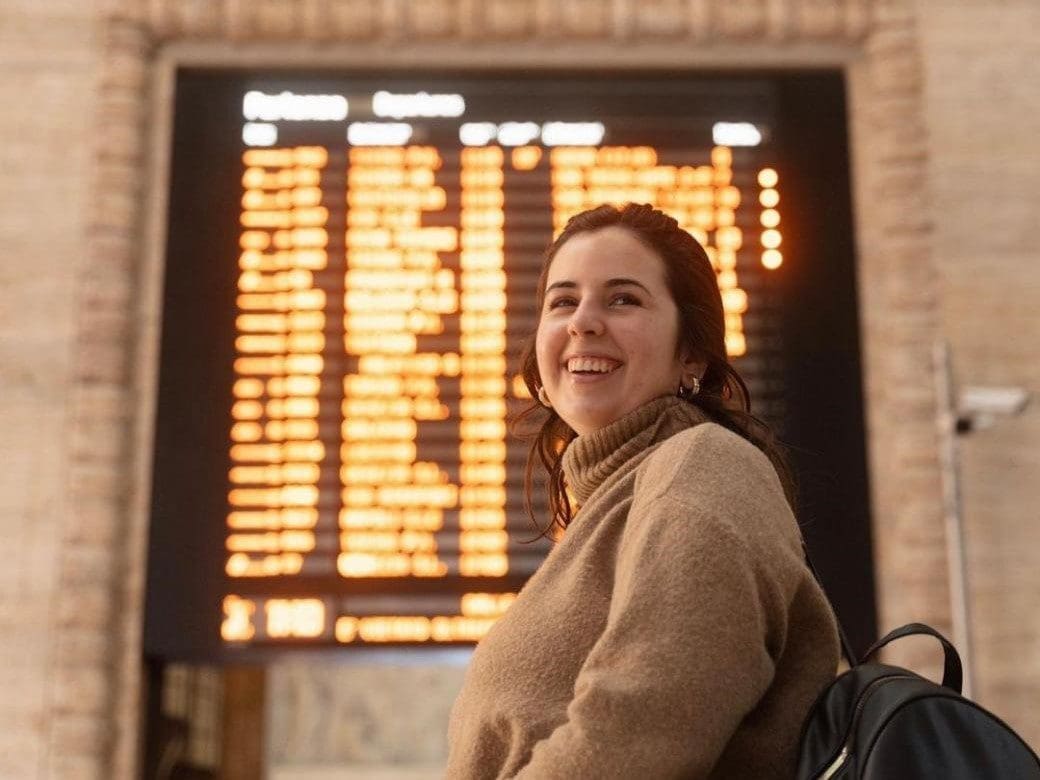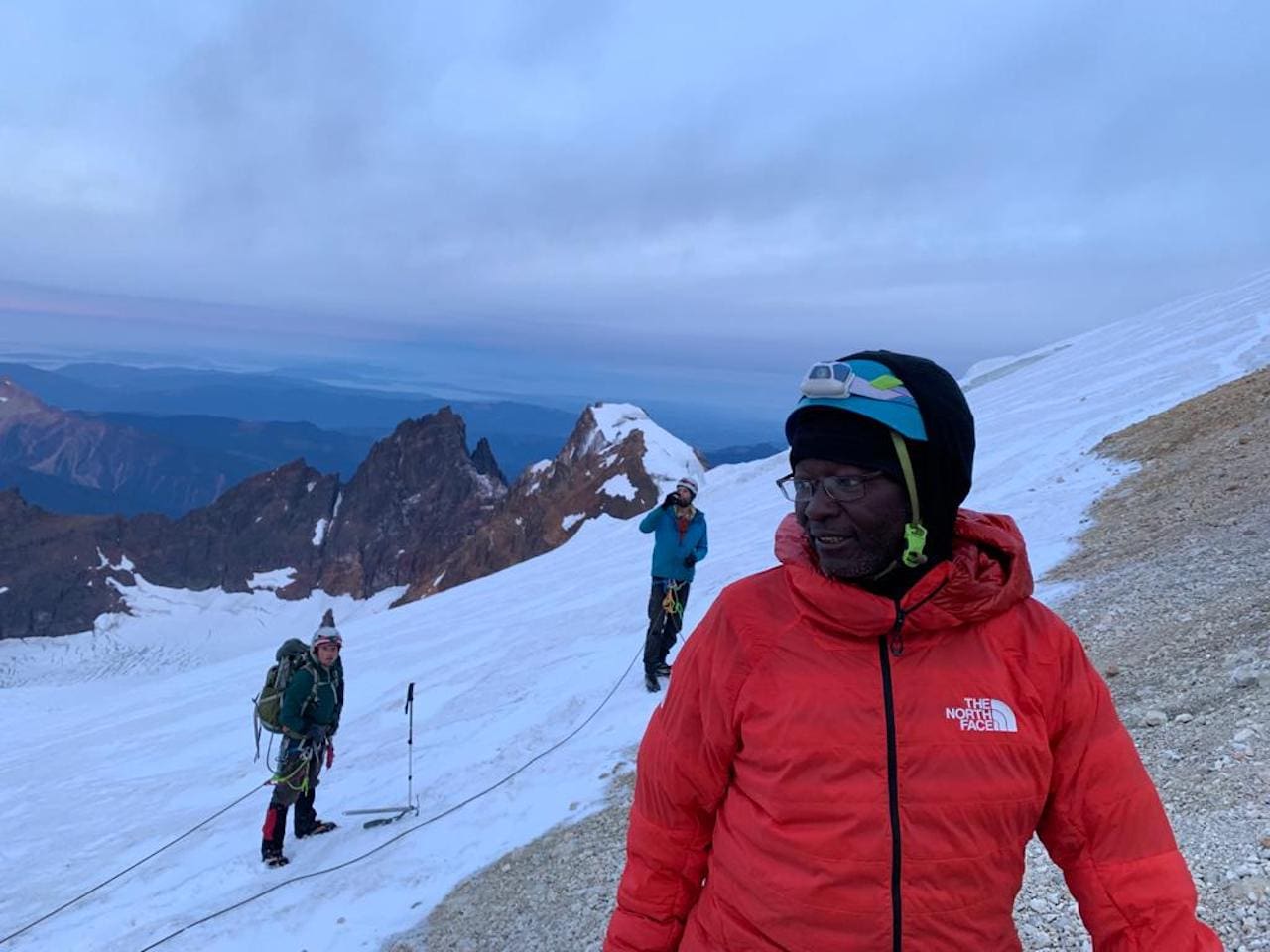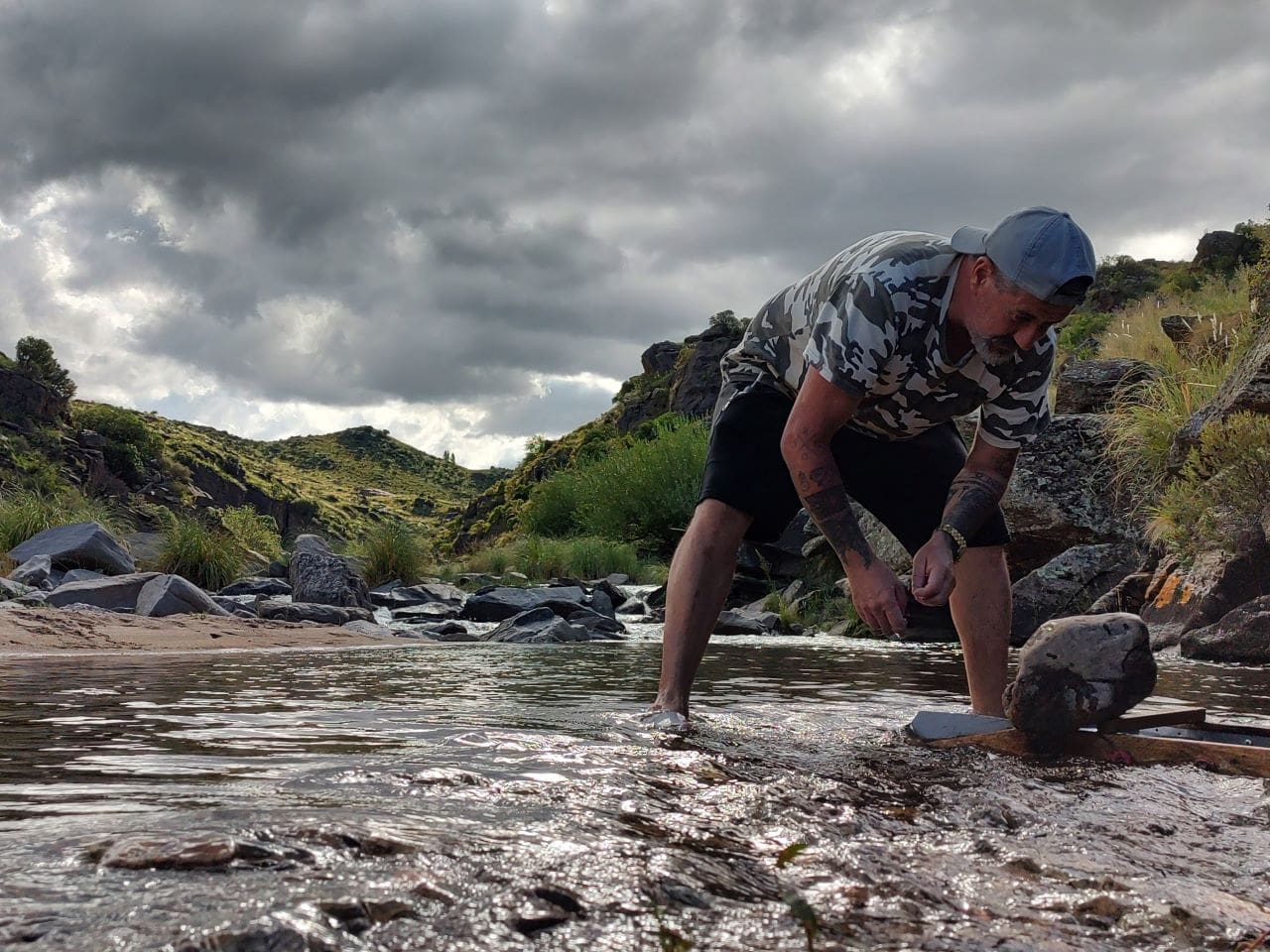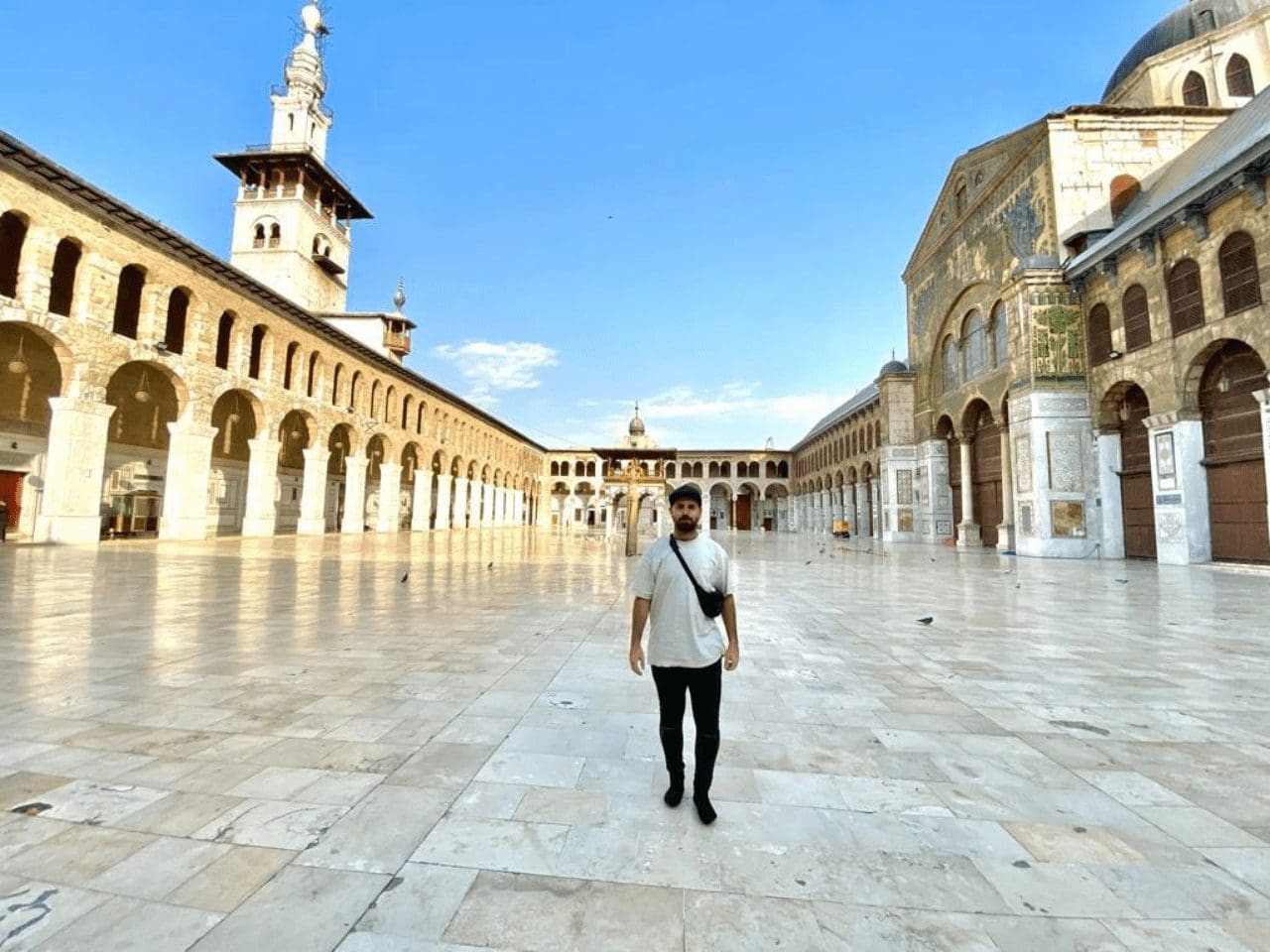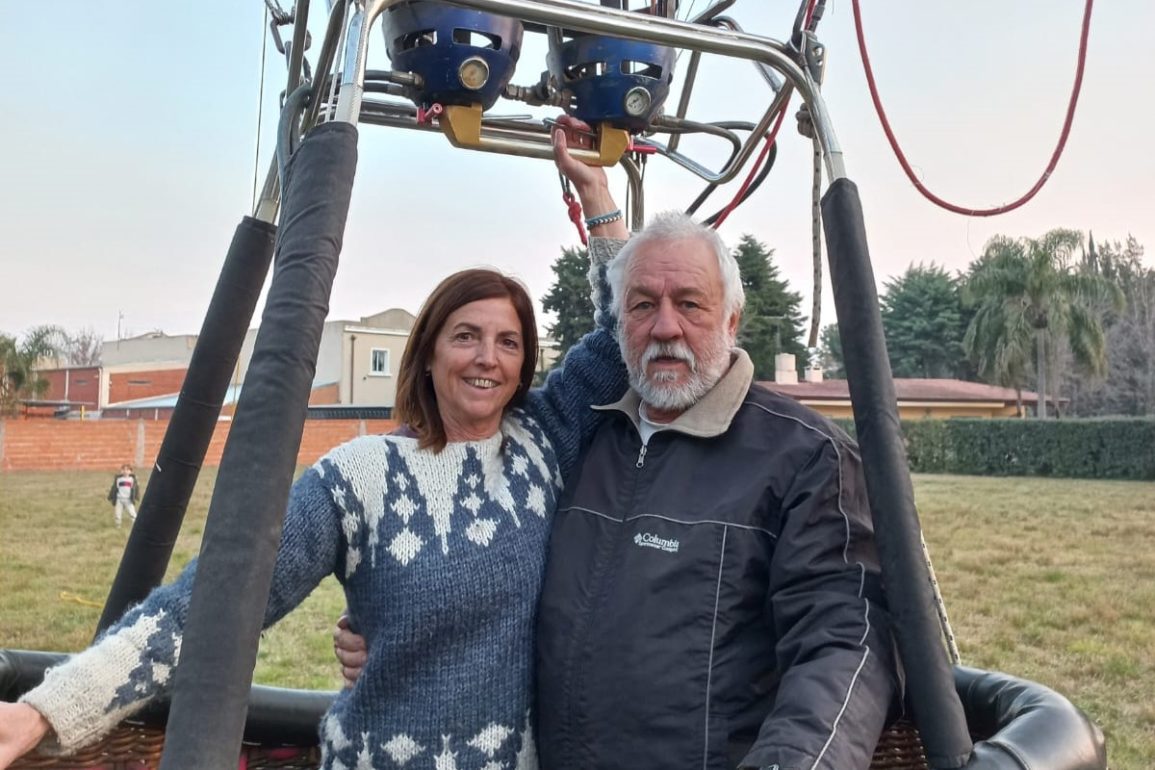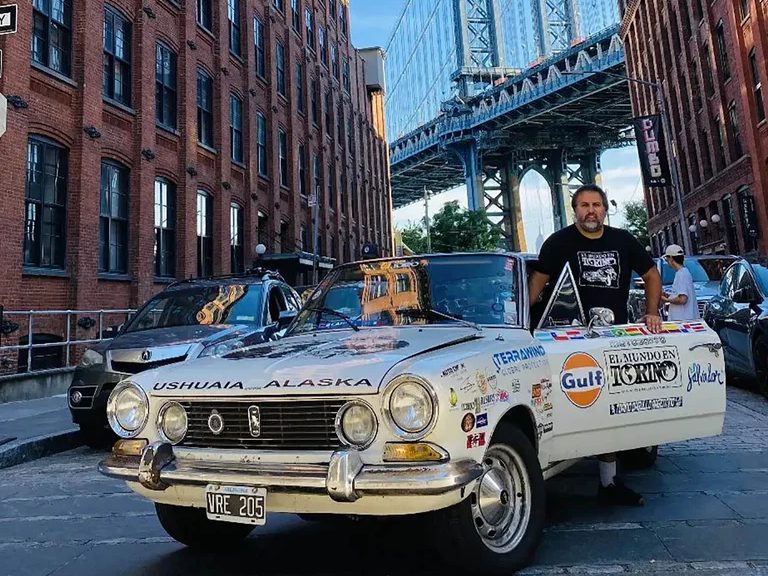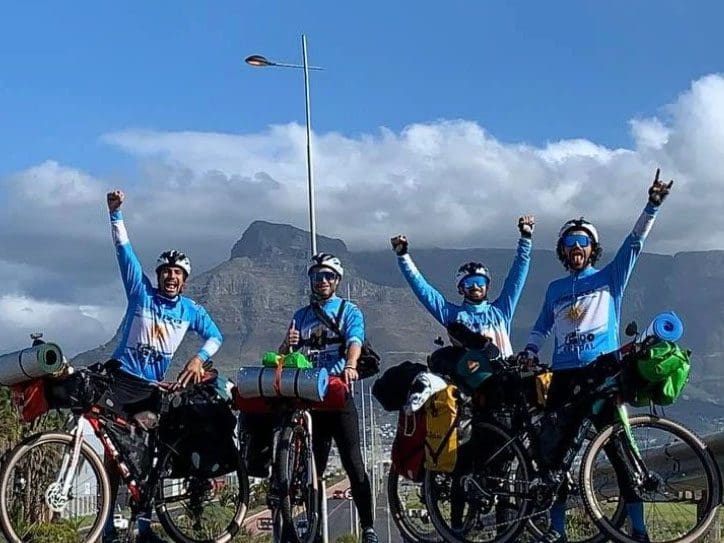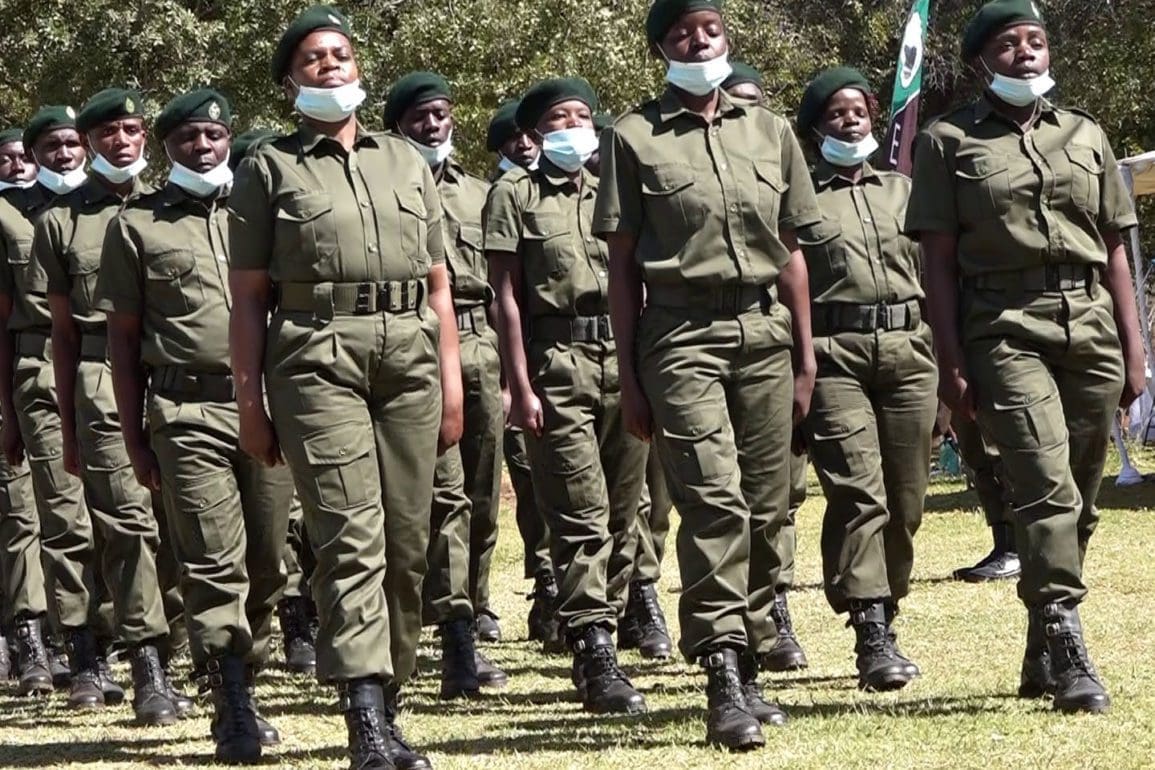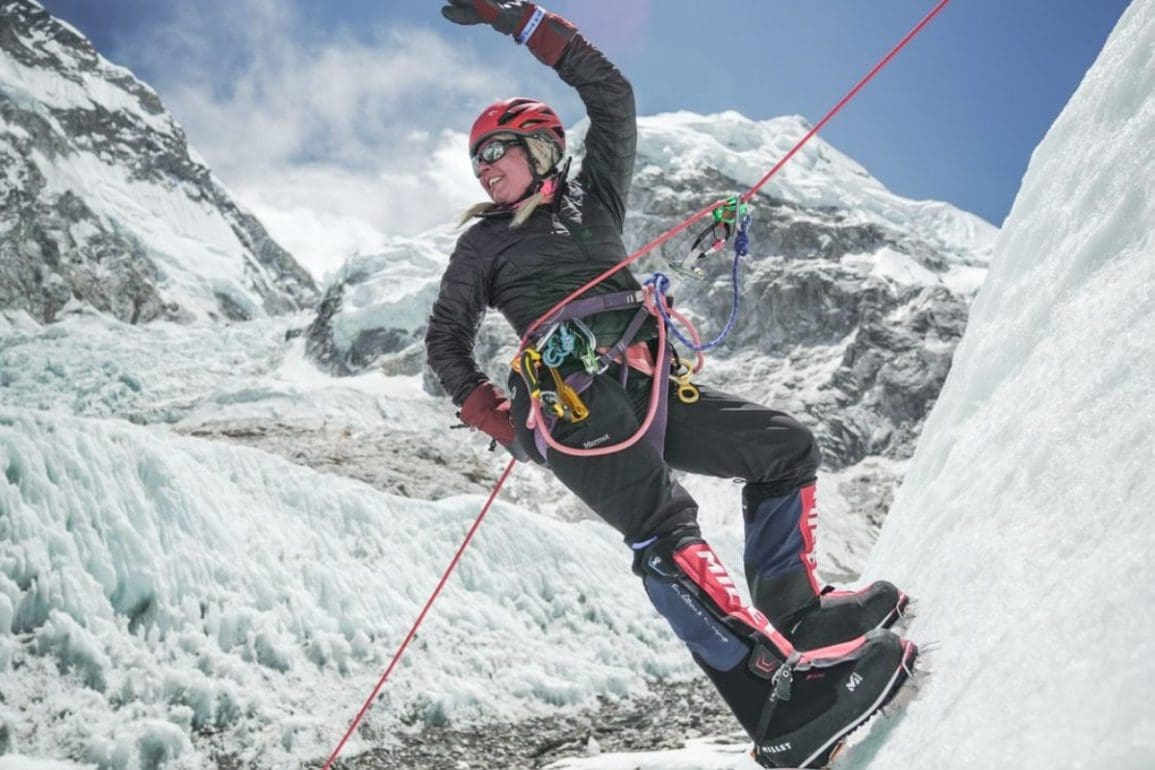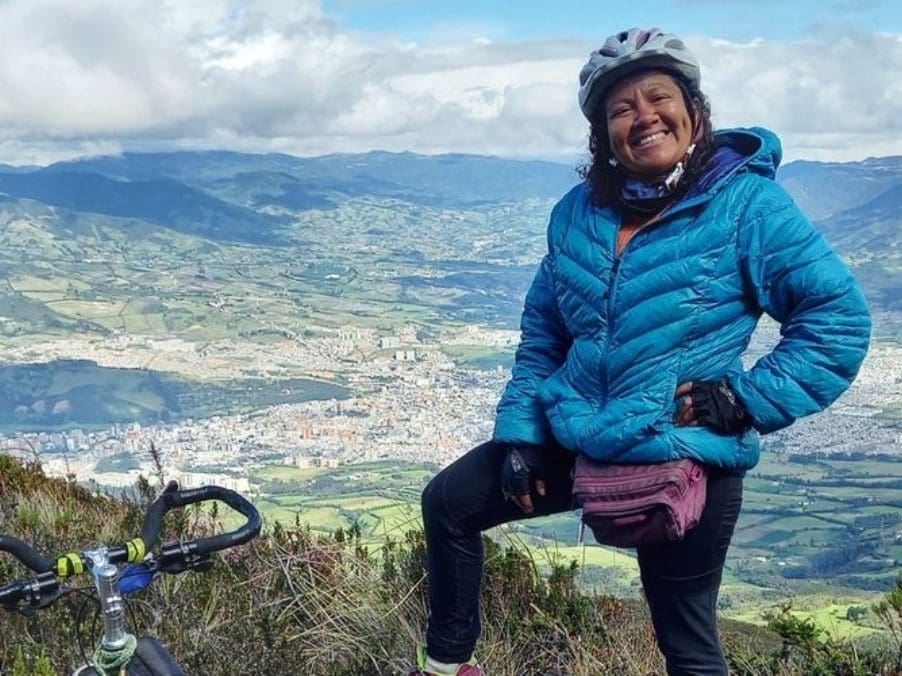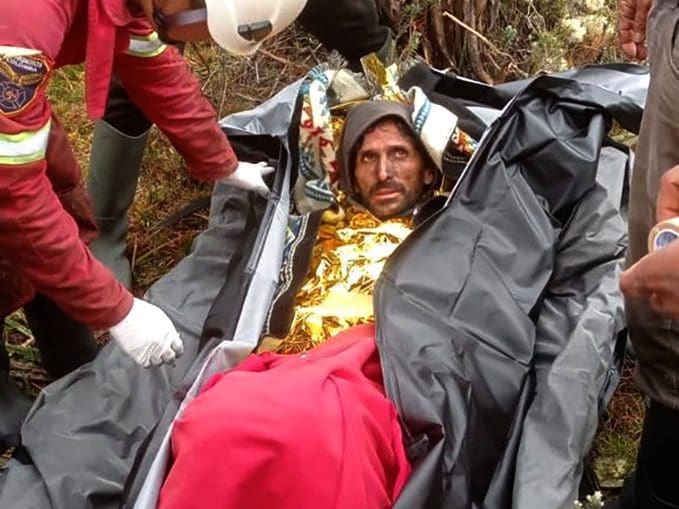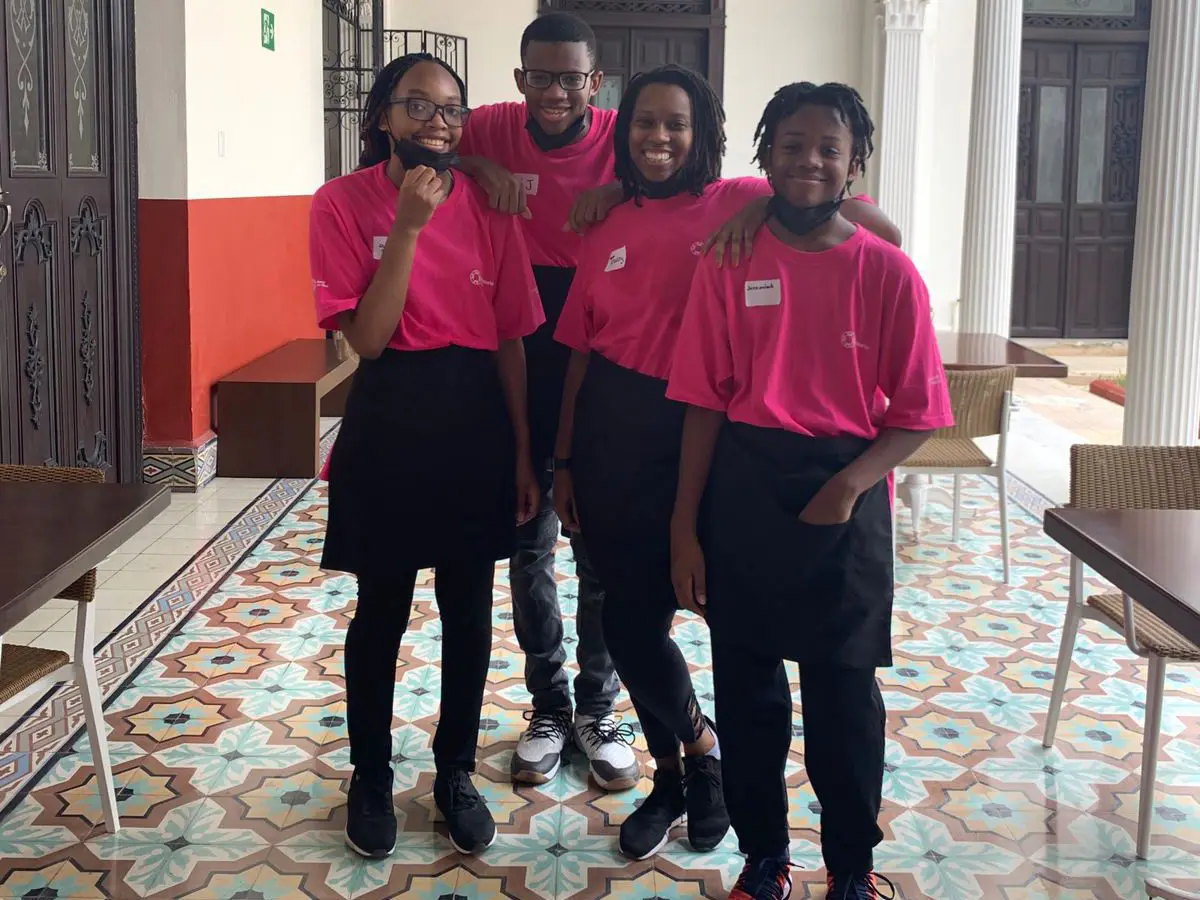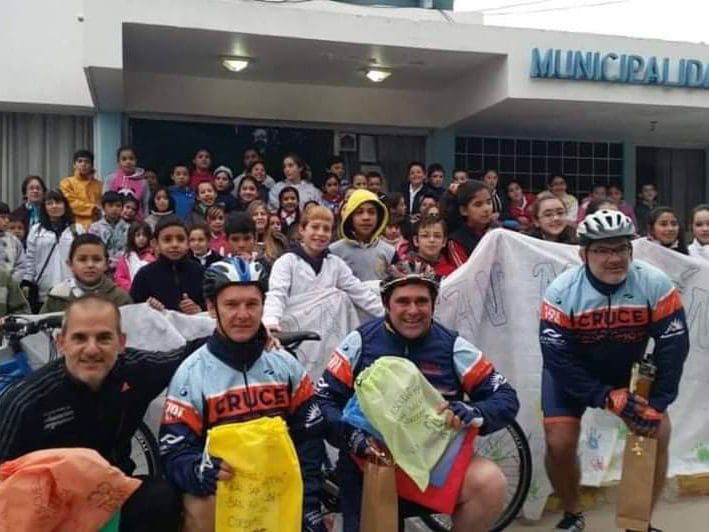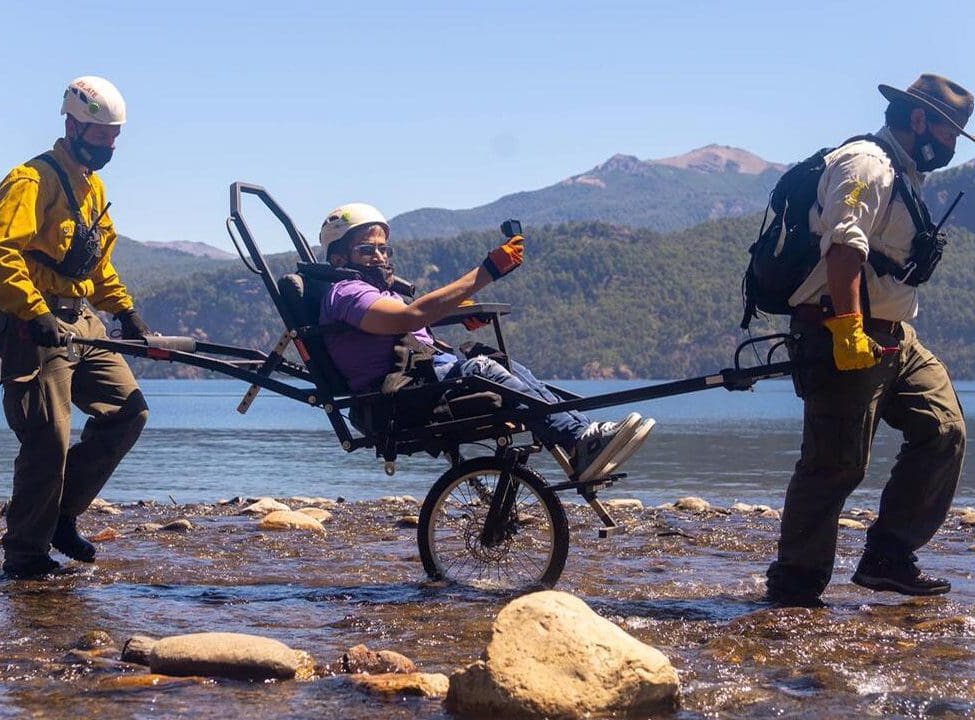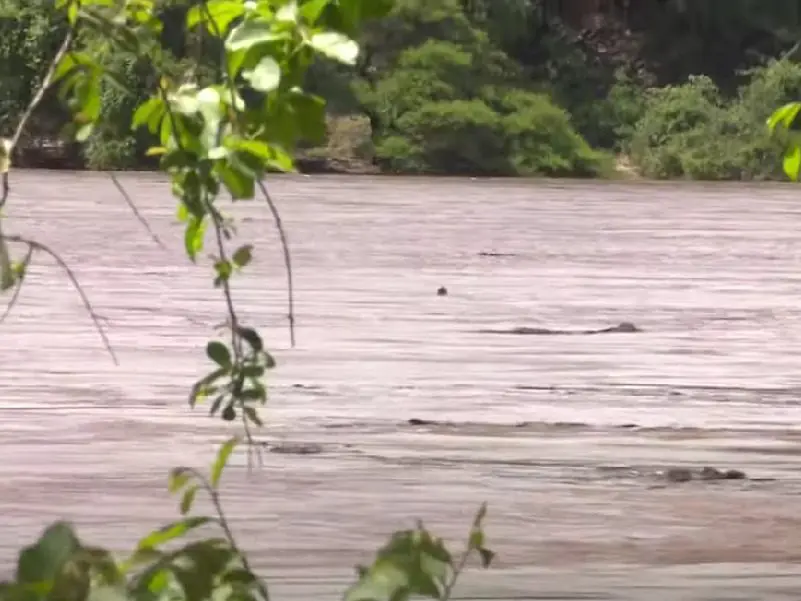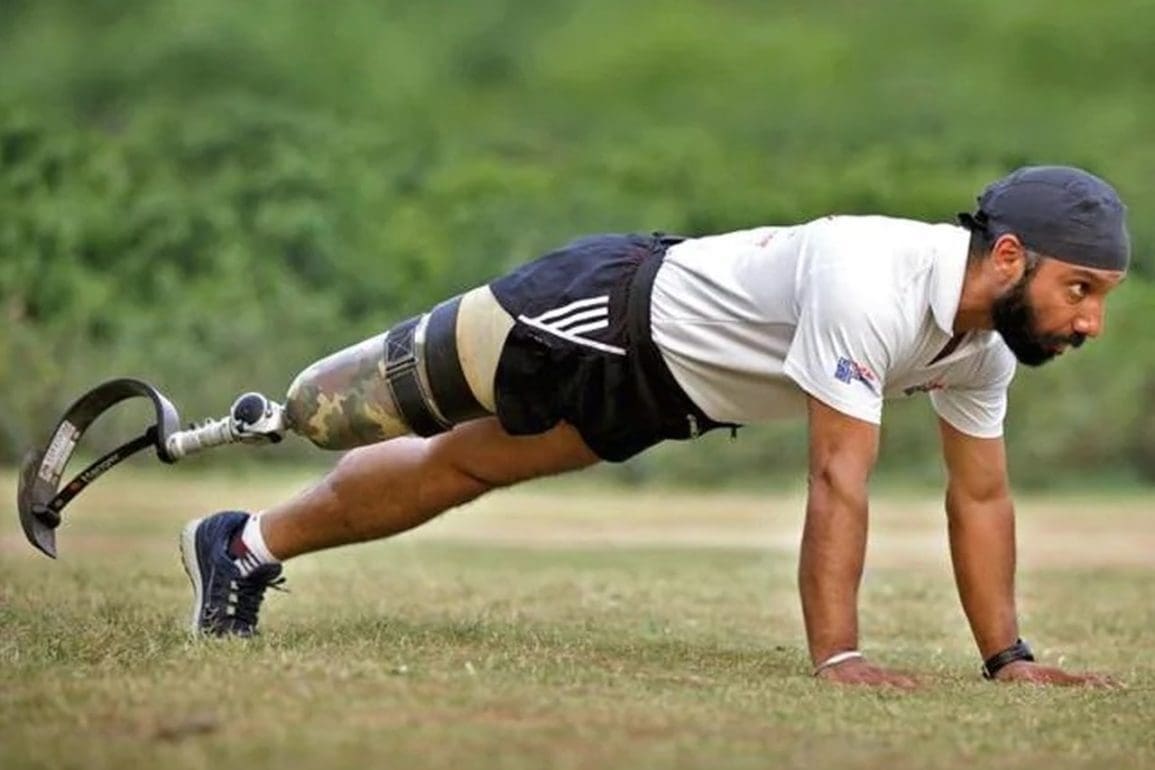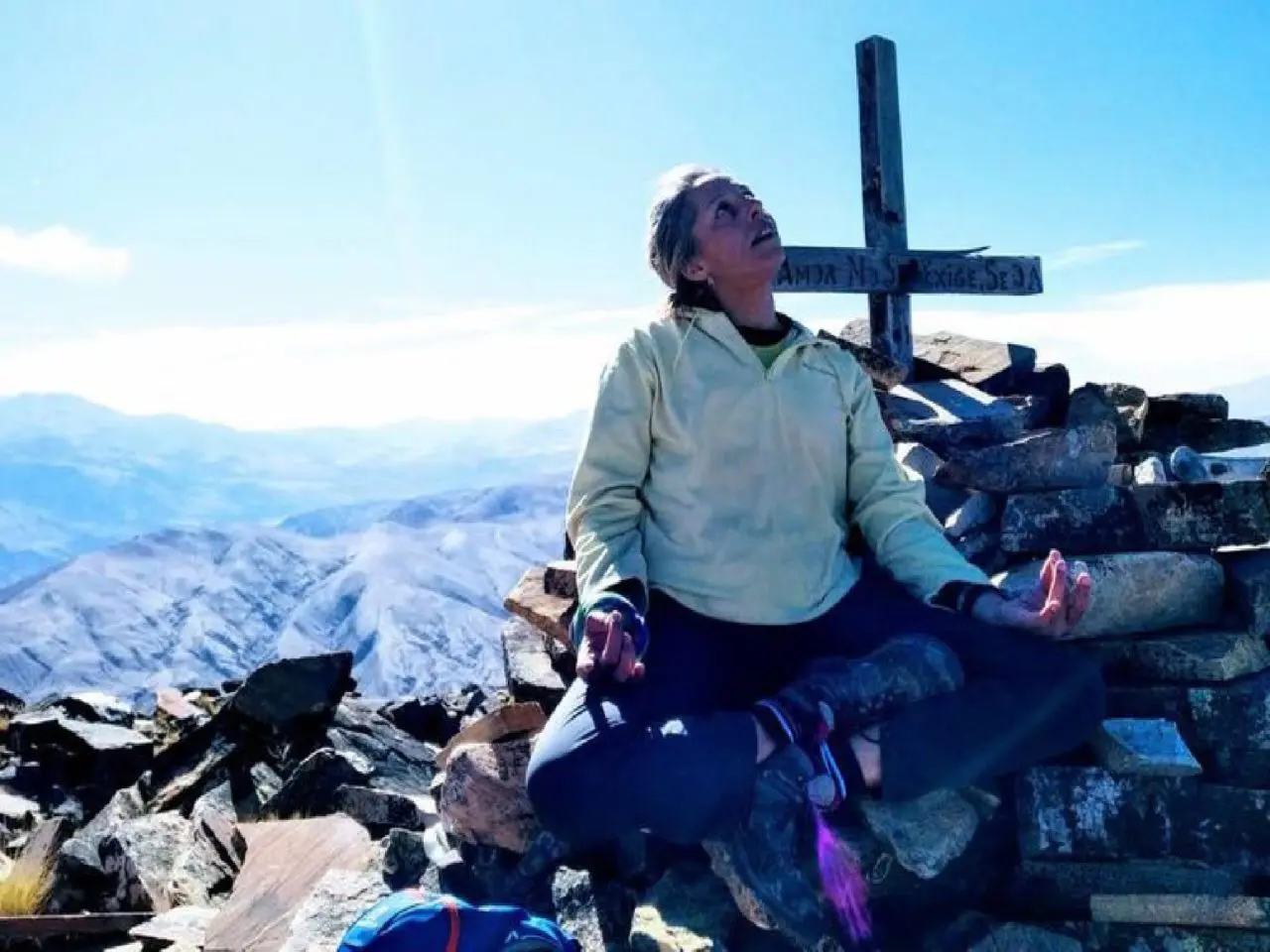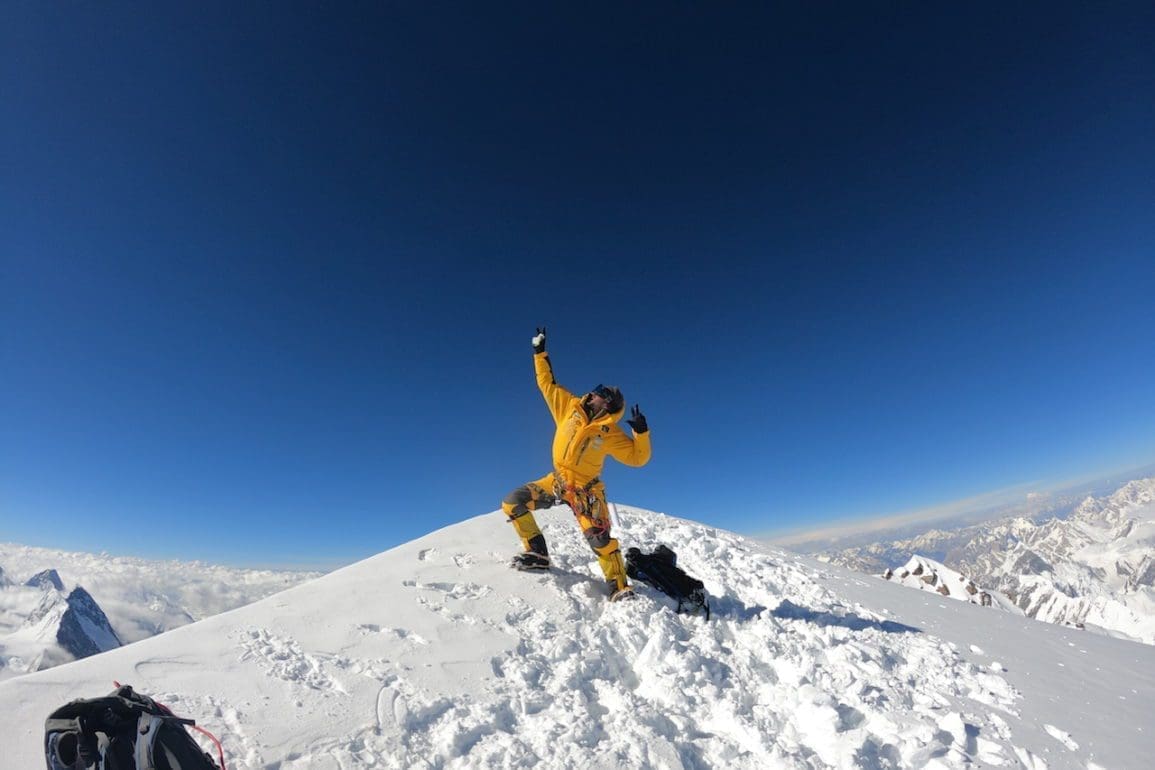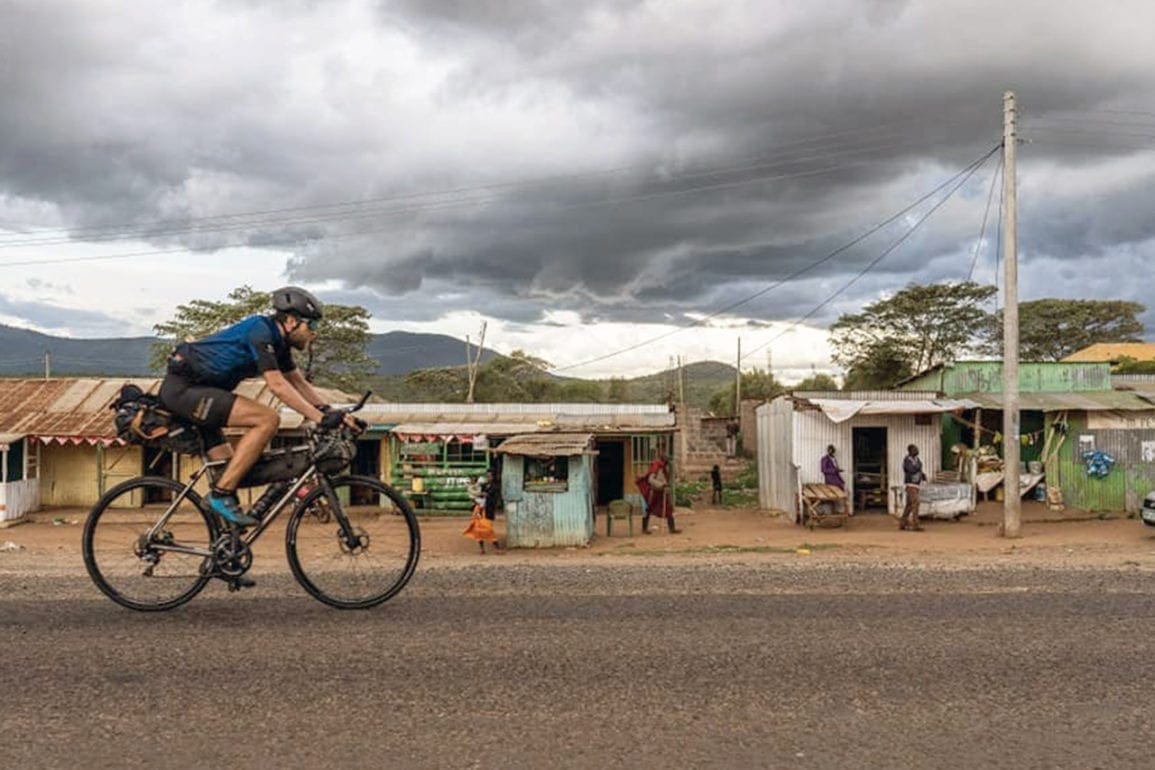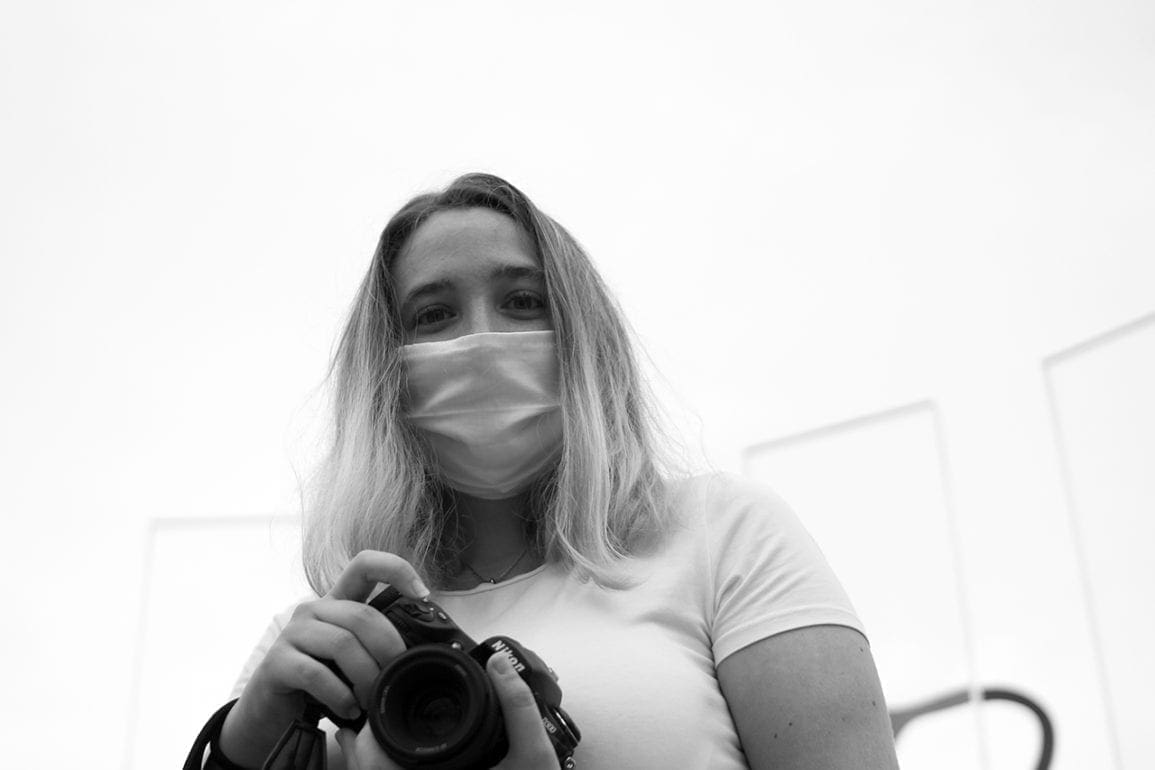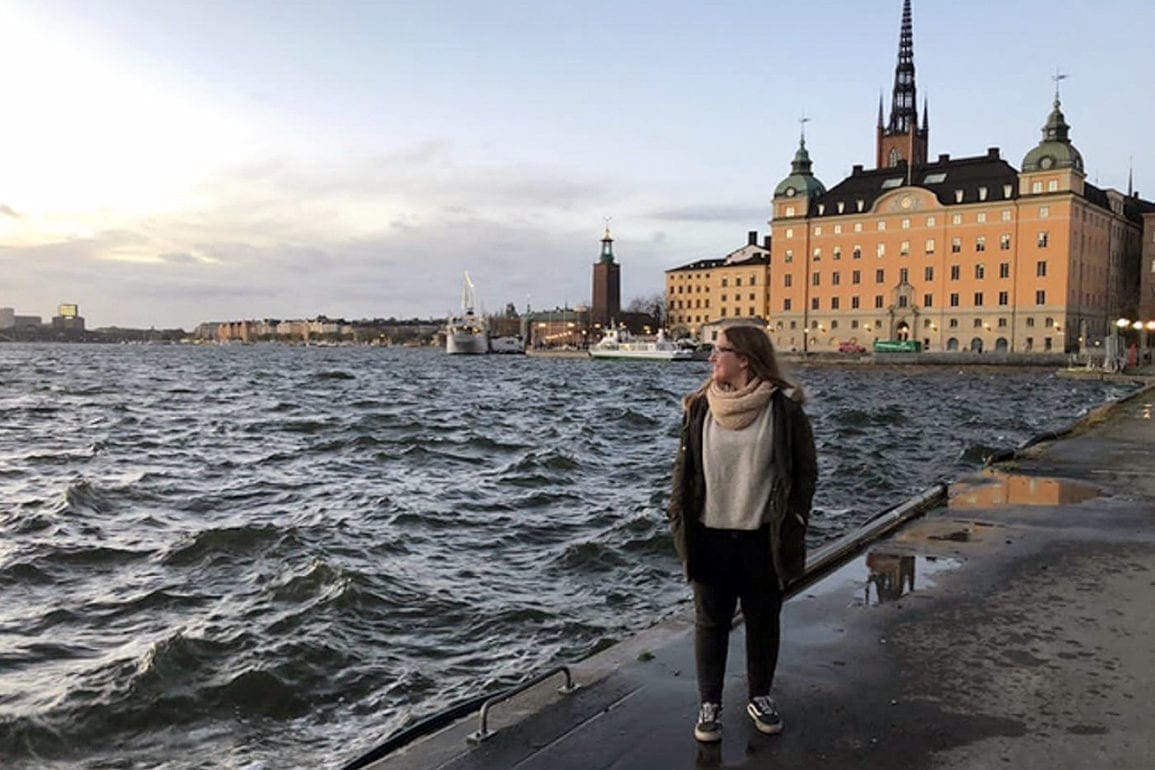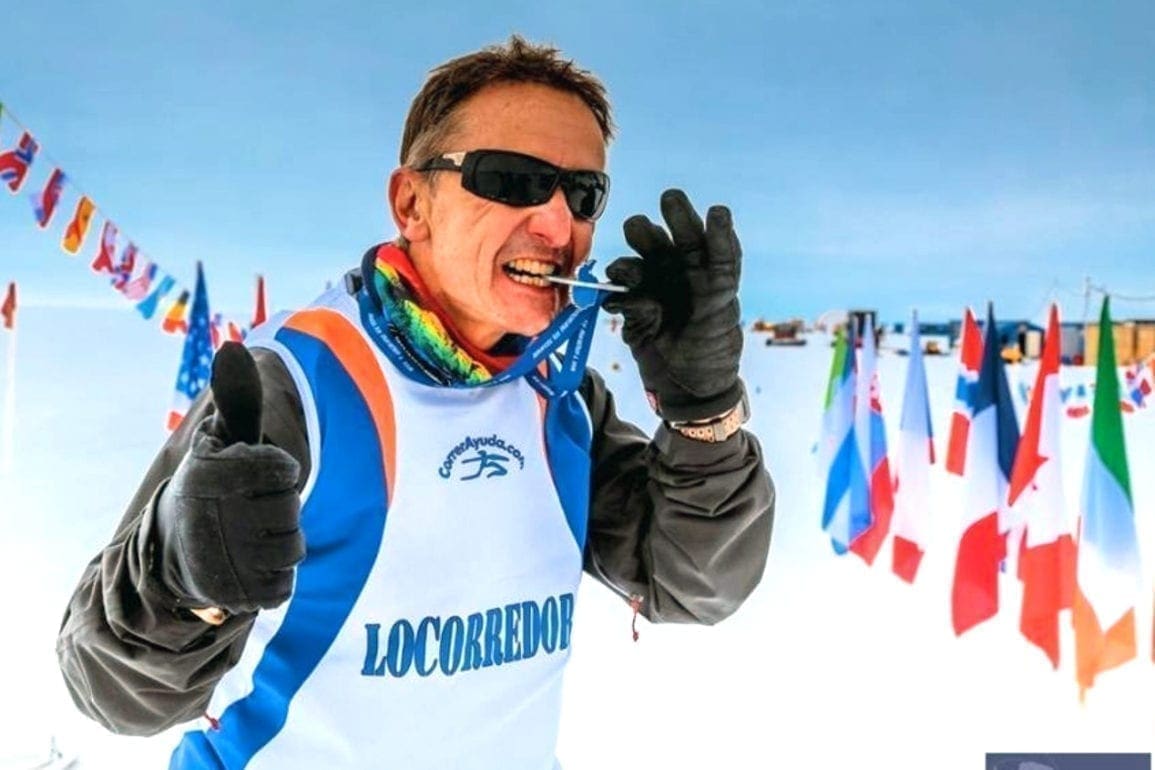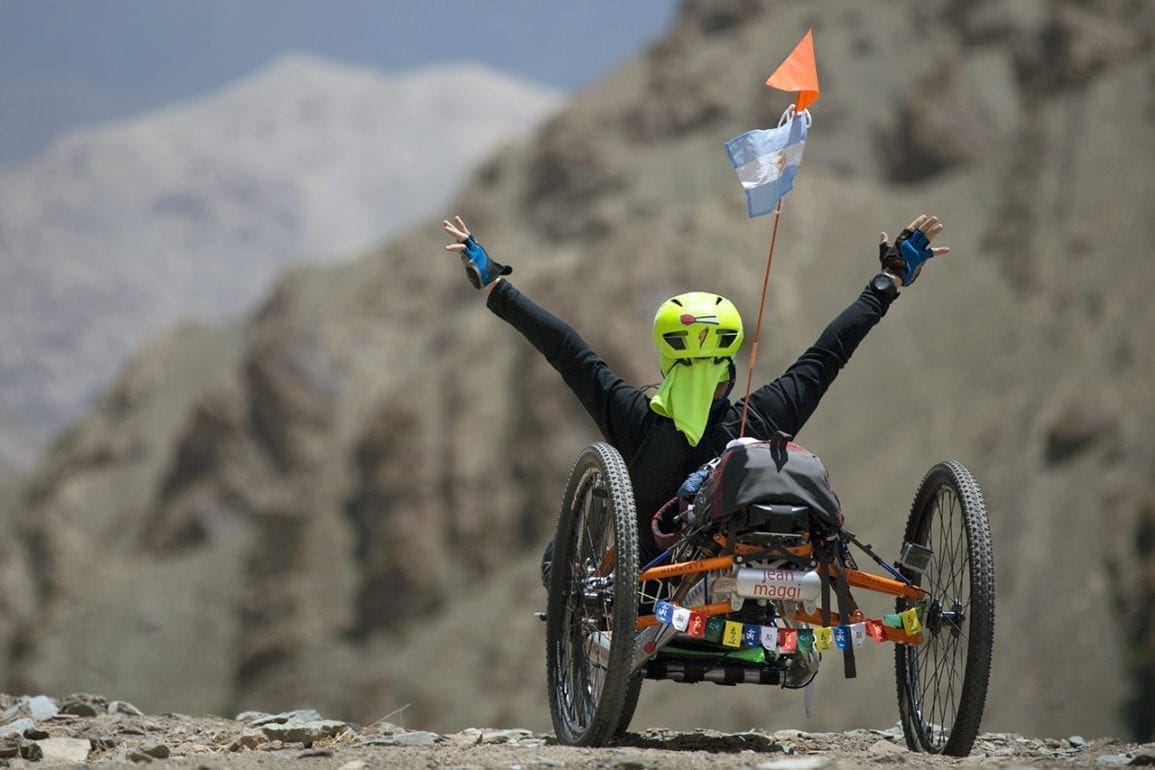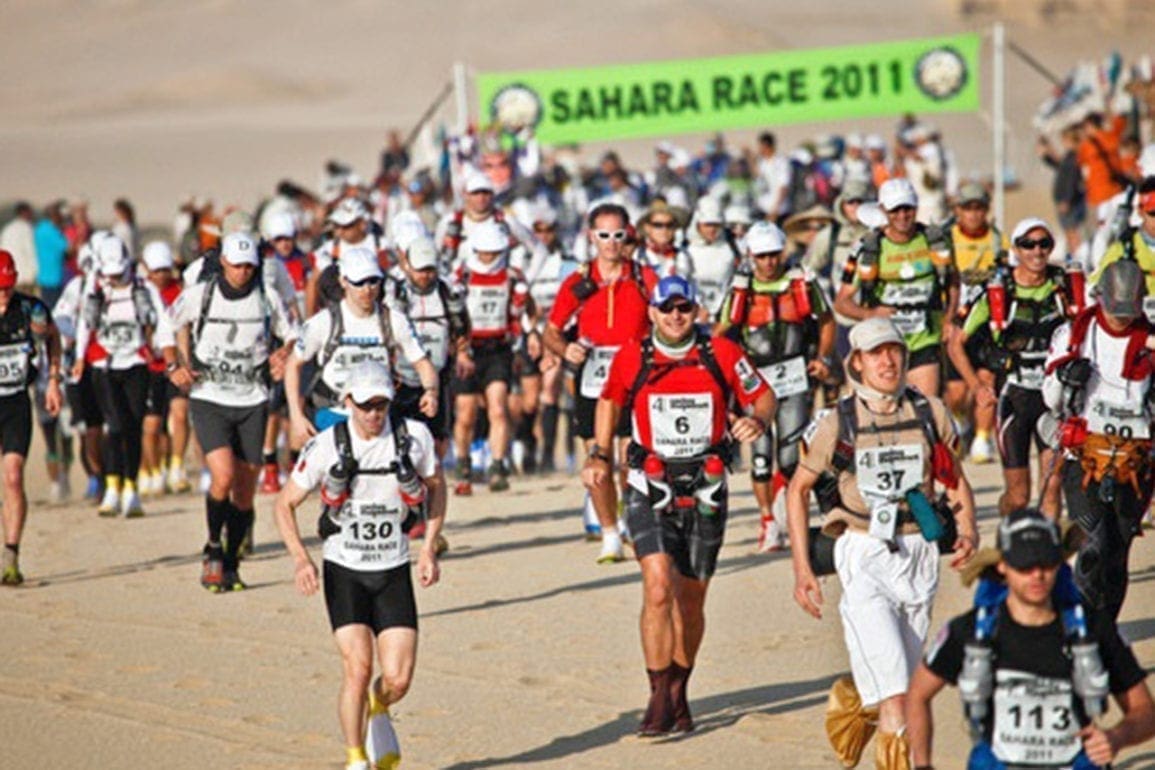Chapecoense plane crash survivor lives through another deadly accident
I didn’t know any details about how many had died until days later. When I saw the names of the deceased, everything blurred for an instant. Fear filled me as I realized what I had lived through.
- 4 years ago
December 3, 2021
COCHABAMBA, Bolivia—Some would say surviving one accident that killed many others is a miracle. However, I’ve now survived two in less than five years.

A normal plane ride, until it wasn’t
That day on board, the flight engineer told me we were going directly from the Viru Viru International Airport in Bolivia to our destination, José María Córdova International Airport in Colombia.
I wondered why, since I knew we had to refuel. As one of seven crew members, I couldn’t do much because others were in charge. I thought they knew what they were doing—I thought we were going to load fuel elsewhere. I never could have imagined what would happen that night.
At 10 p.m, the pilot said that we were about to land. We had no reason to think anything else. I was exhausted, as I hadn’t gotten much sleep.
Suddenly the cabin lights went out, and the hazard lights came on. I remained calm because we were nearly at the airport. Nothing could happen, I thought. There was no announcement, no alert of something wrong. We asked for an emergency landing, and they gave us clearance.
Surviving the Chapecoense tragedy
Suddenly, the crash happened. I thought it was a bad dream, that I fell asleep, and I needed to wake up.
After the crash, I stood up, looking down as if something hurt my stomach. My arms and legs were fine. There was a scrape on my chin and a gash on my arm. I did not know what was happening. I was in shock.
Someone slapped me to make me react. People were screaming. Little by little, I realized it was not a dream; it was real life. I heard a girl screaming, so I took her to a safer place. Pain overtook me, and I couldn’t move any further.
At the time, I thought the crash wasn’t that serious because I barely hurt myself. I didn’t know any details about how many people had died until days later. When I saw the names of the deceased, everything blurred for an instant. Fear filled me as I realized what I had lived through.
Processing the trauma
I didn’t begin to truly understand everything I went through until I talked with my family. I finally realized how severe the accident was and that I had survived.
I continue to suffer from pain in my spine and neck—it affects me when I hear about aircraft accidents. Sometimes, my mind transports me back there. Sadness and anger fills me as a I think about how it happened what it felt like to be there.
People always ask me, what does it feel like to rise from the dead? I think it was the will of God, because I can’t explain it. It was as if I had fallen down during the crash, and when I stood, everything was calm. None of my clothes even got torn. The first thing I said was, thank you, Lord, for giving me one more chance.
Once again surviving a fatal crash
In March of this year, it happened again.
I boarded the bus to go to work. Around 10 p.m., I started to notice an uproar from other passengers. Through the window, I noticed the bus was going very fast. People shouted, “stop, stop!” We were going so fast—I was already thinking that something was going to happen, that we were going to crash or overturn. All I could do was grab onto the seat in front of me to brace myself.
Then, the bus overturned off the road and down the steep hillside. One thought kept running through my mind: I am not going to die here.
It kept turning over and over until it finally came to rest. I got up half-stunned—I had hit my head and my knee. It seemed like a dream. Once again, I was in shock.
People began to get out. I was one of the first to climb out a window, and I went to sit on a rock until they came down for me. We had plunged about 500 feet. They took me up the road, and the ambulances came.
Reflecting on the accidents, and advice to others
It was possible to prevent both of these accidents. Thinking about it fills me with anger. It was because of the money; the plane did not have enough fuel, and the bus should have had good brakes and tires.
My advice to anyone who finds themselves in a life-threatening situation is to not give up—you have to keep going.
I had driven this bus route several times. Even though we all could sense something terrible was going to happen, I said, “I am not going to die here,” even if I doubted it in my heart. Many died, including women and children. It is so sad; I have to believe it is destiny that I survived once again.

